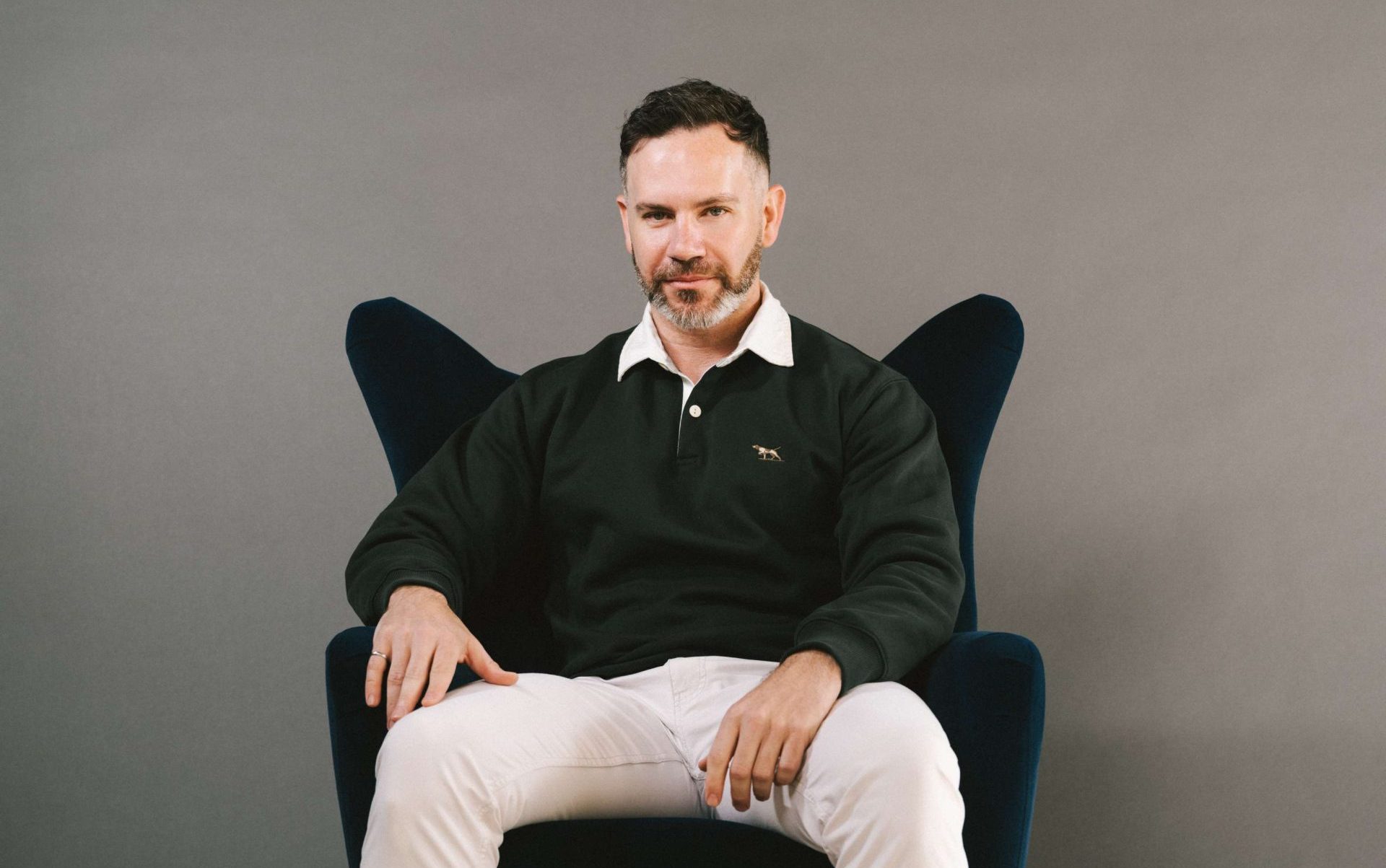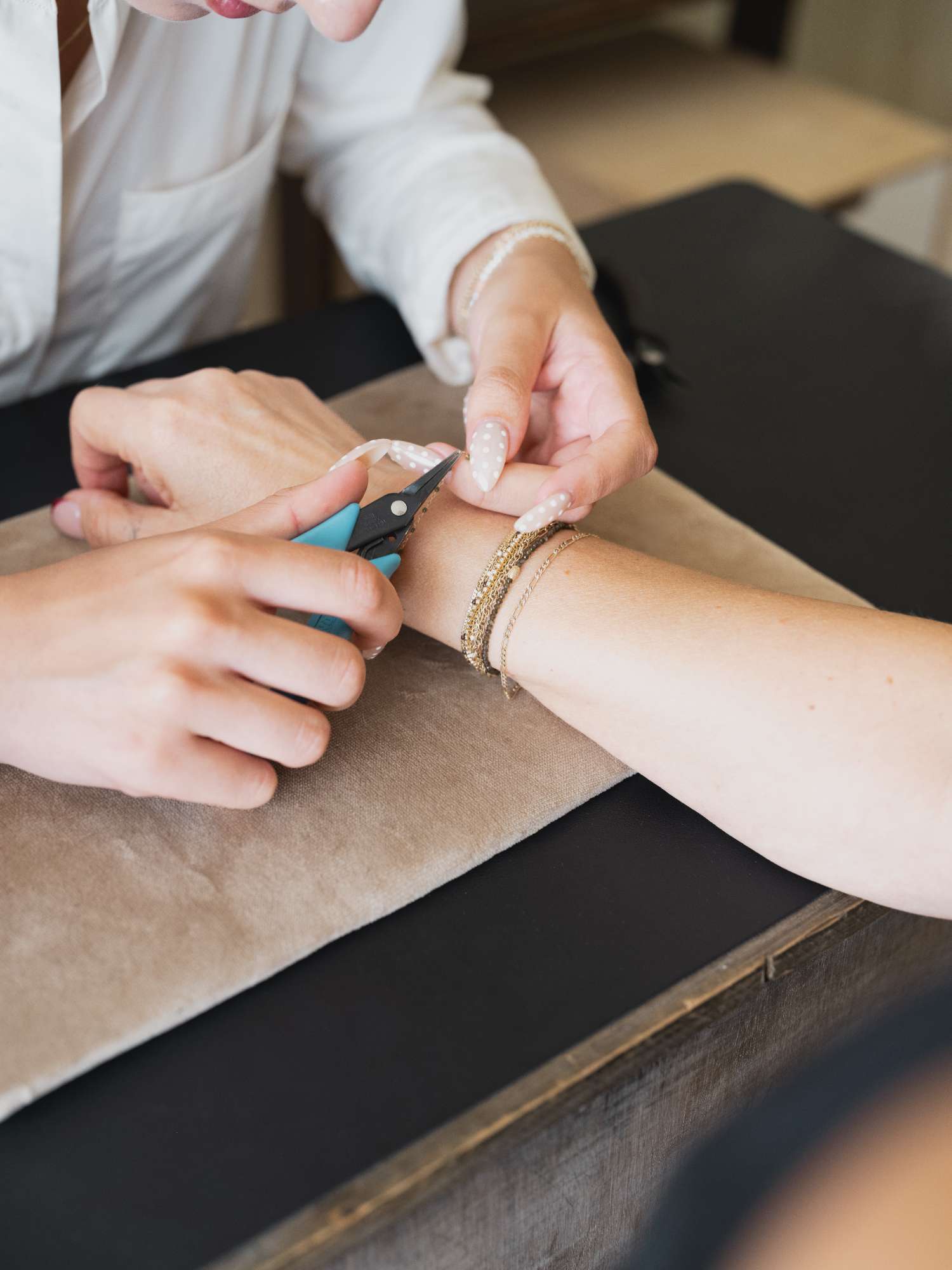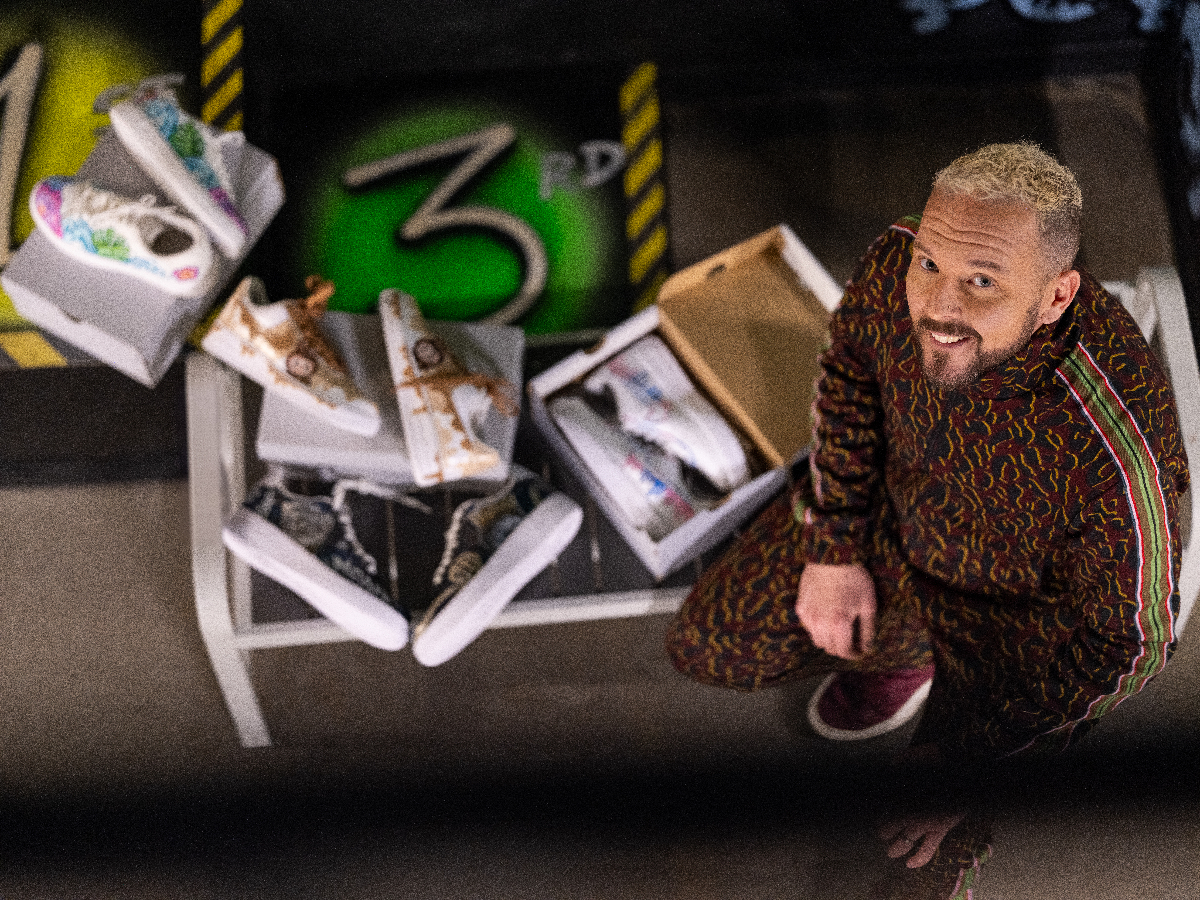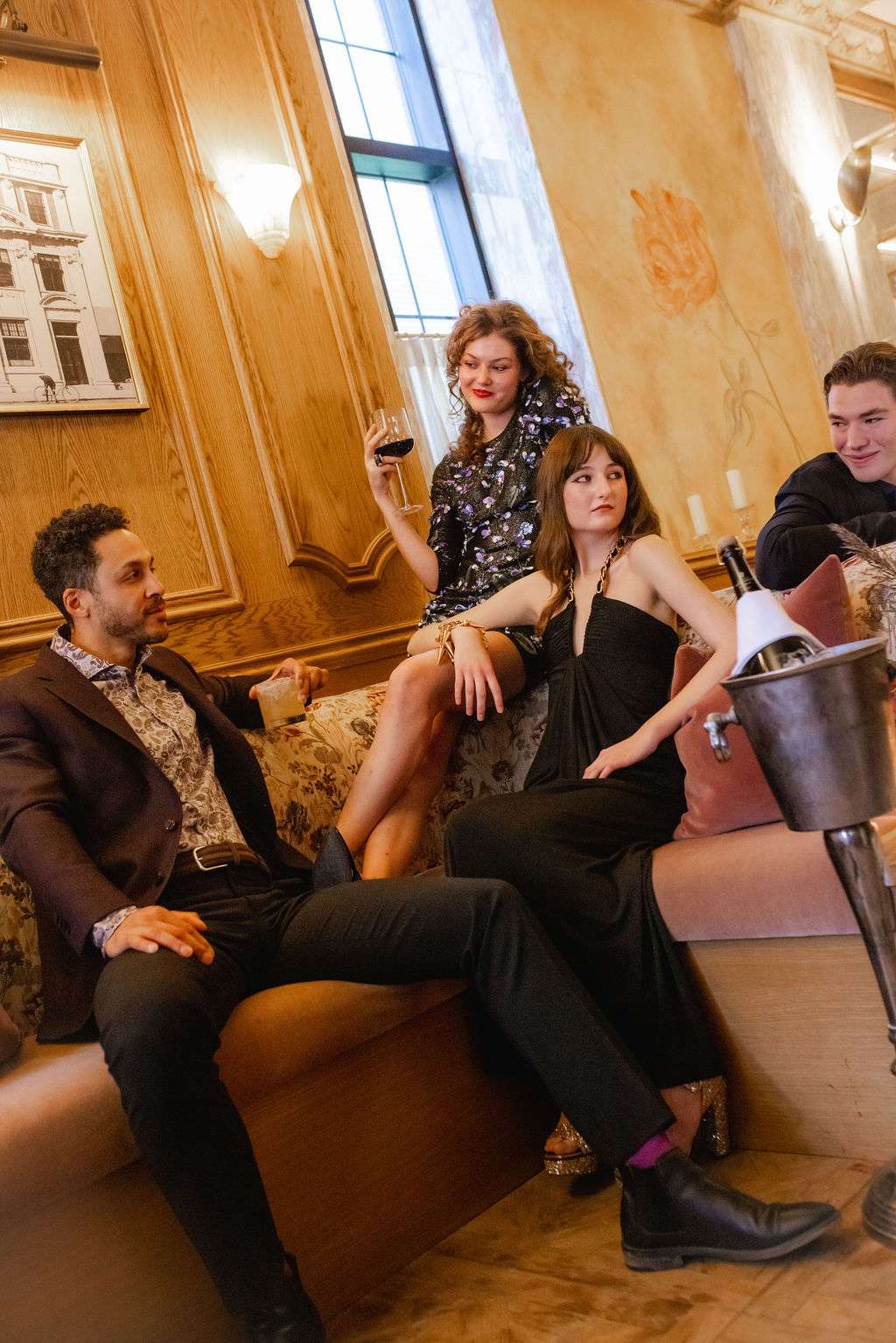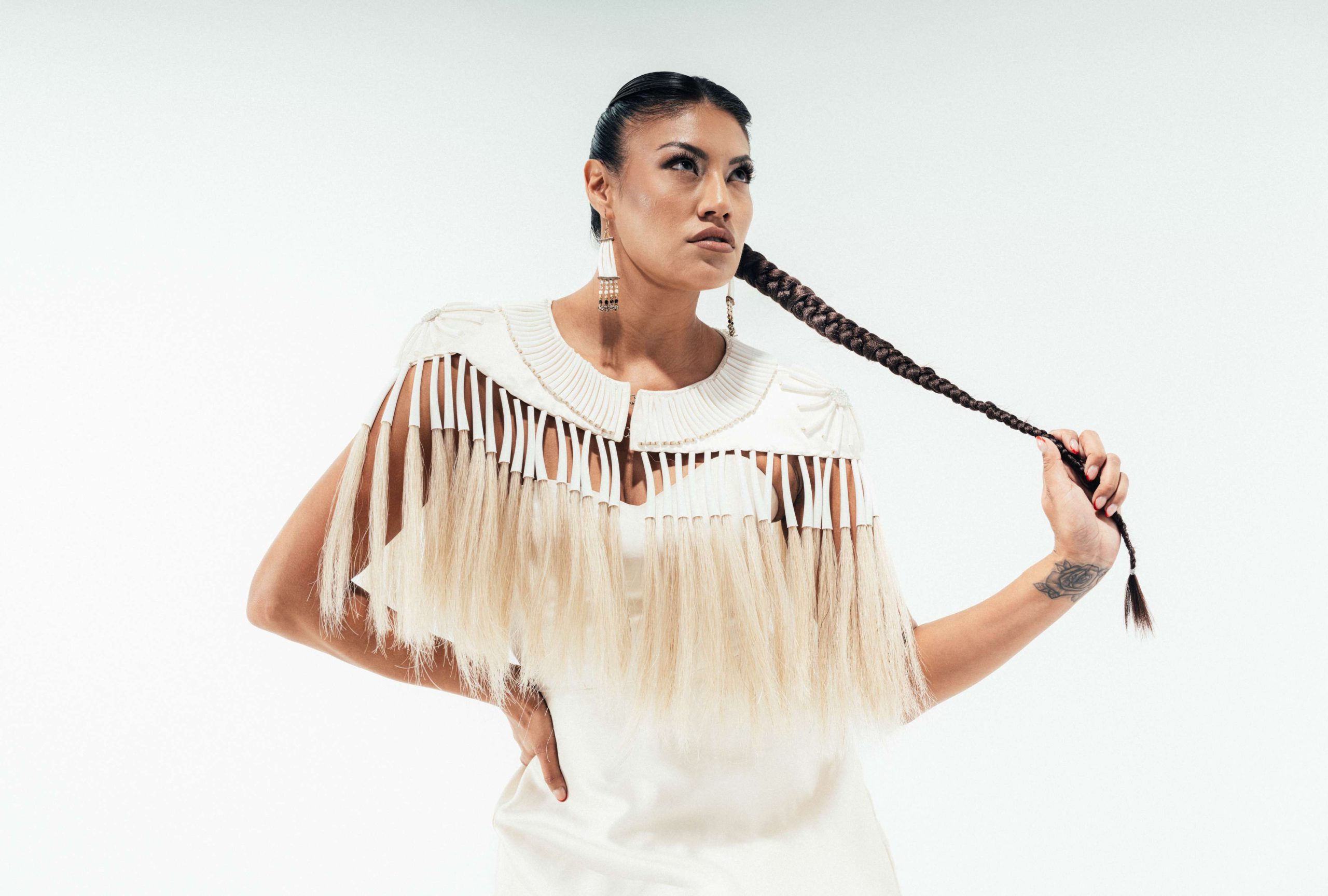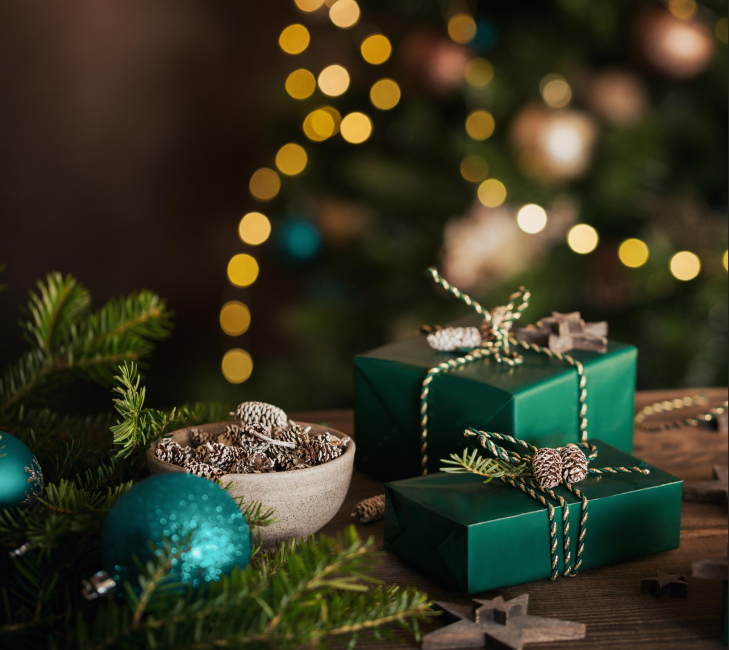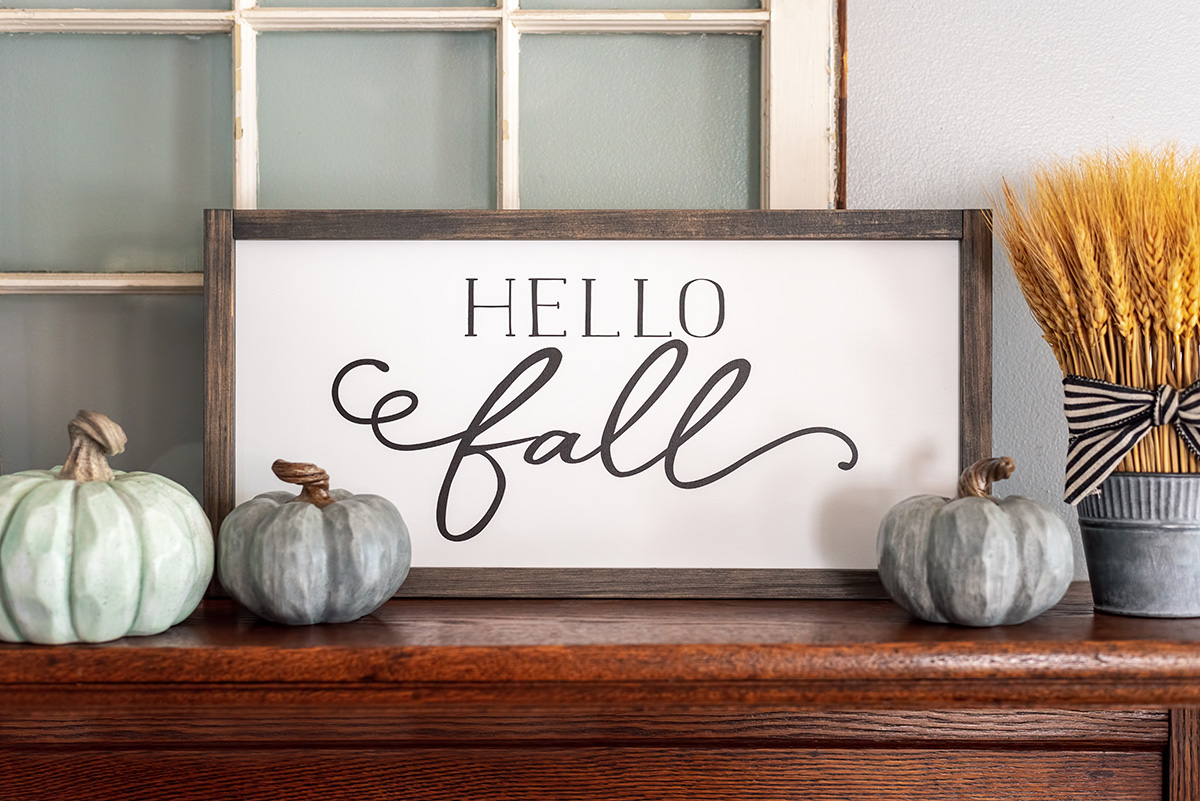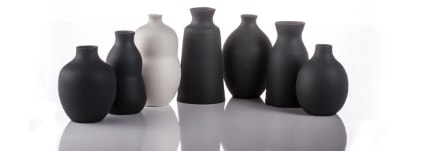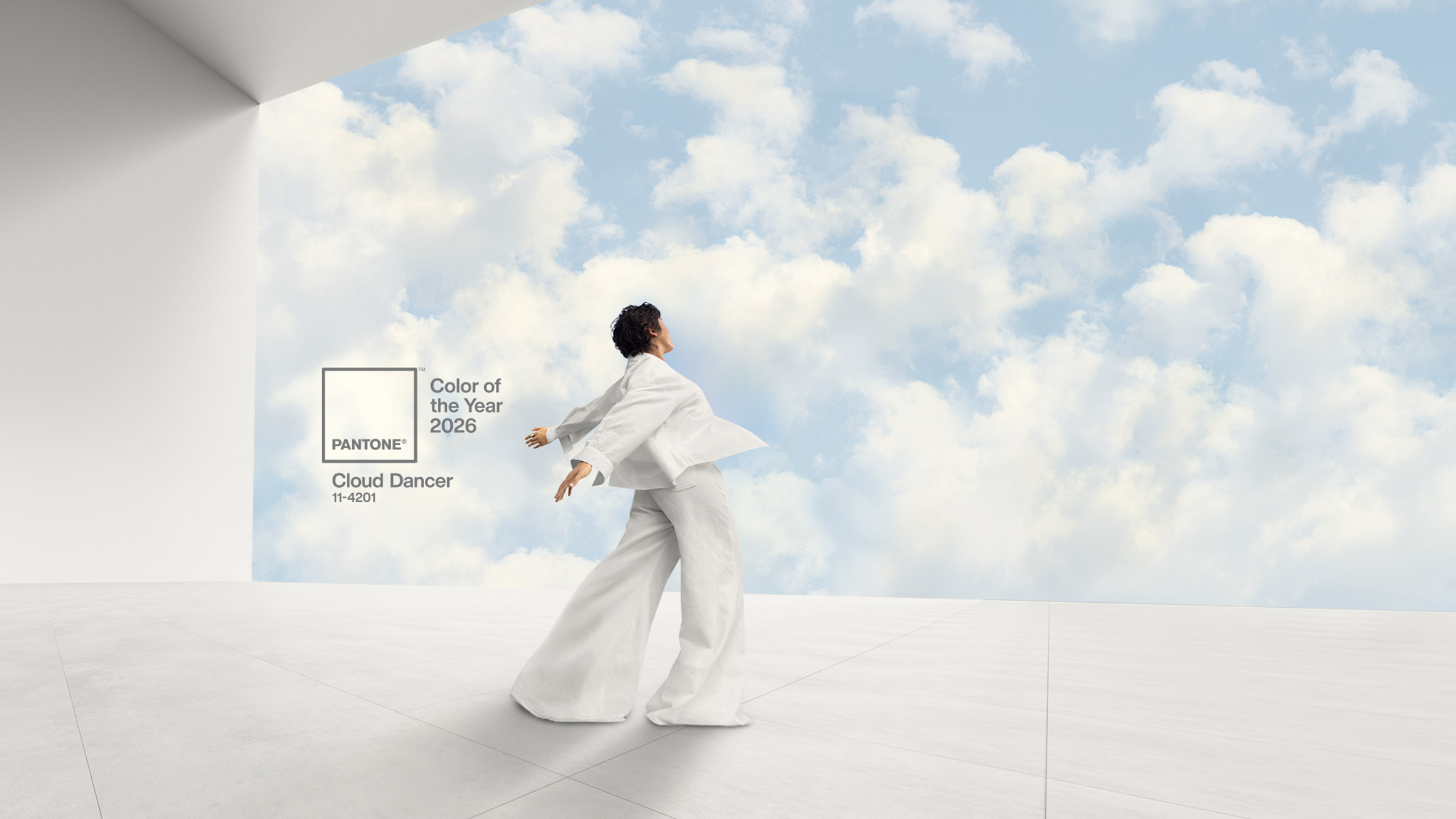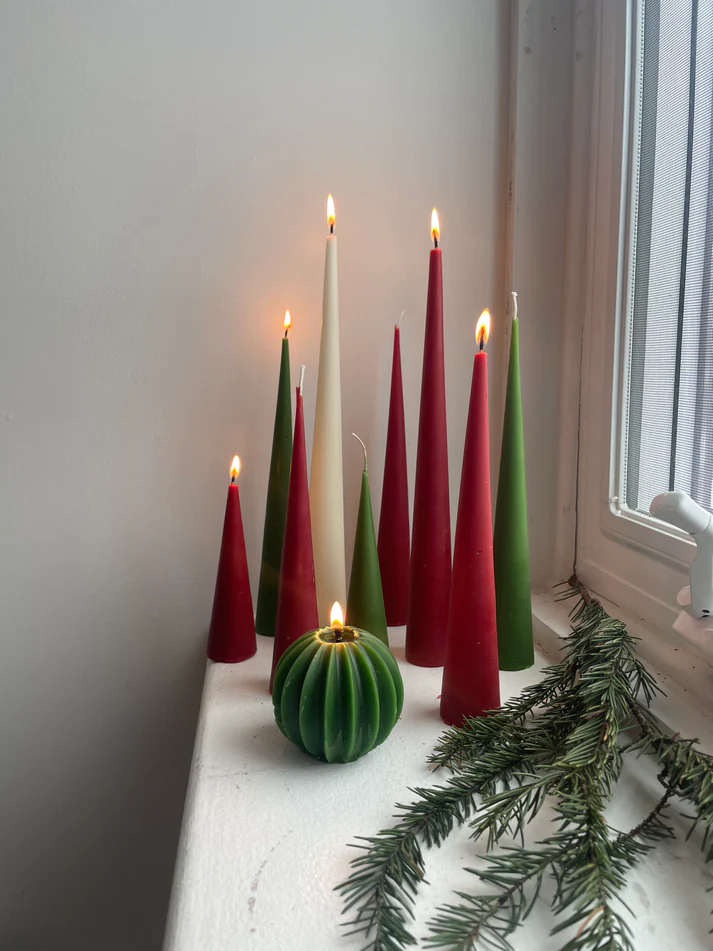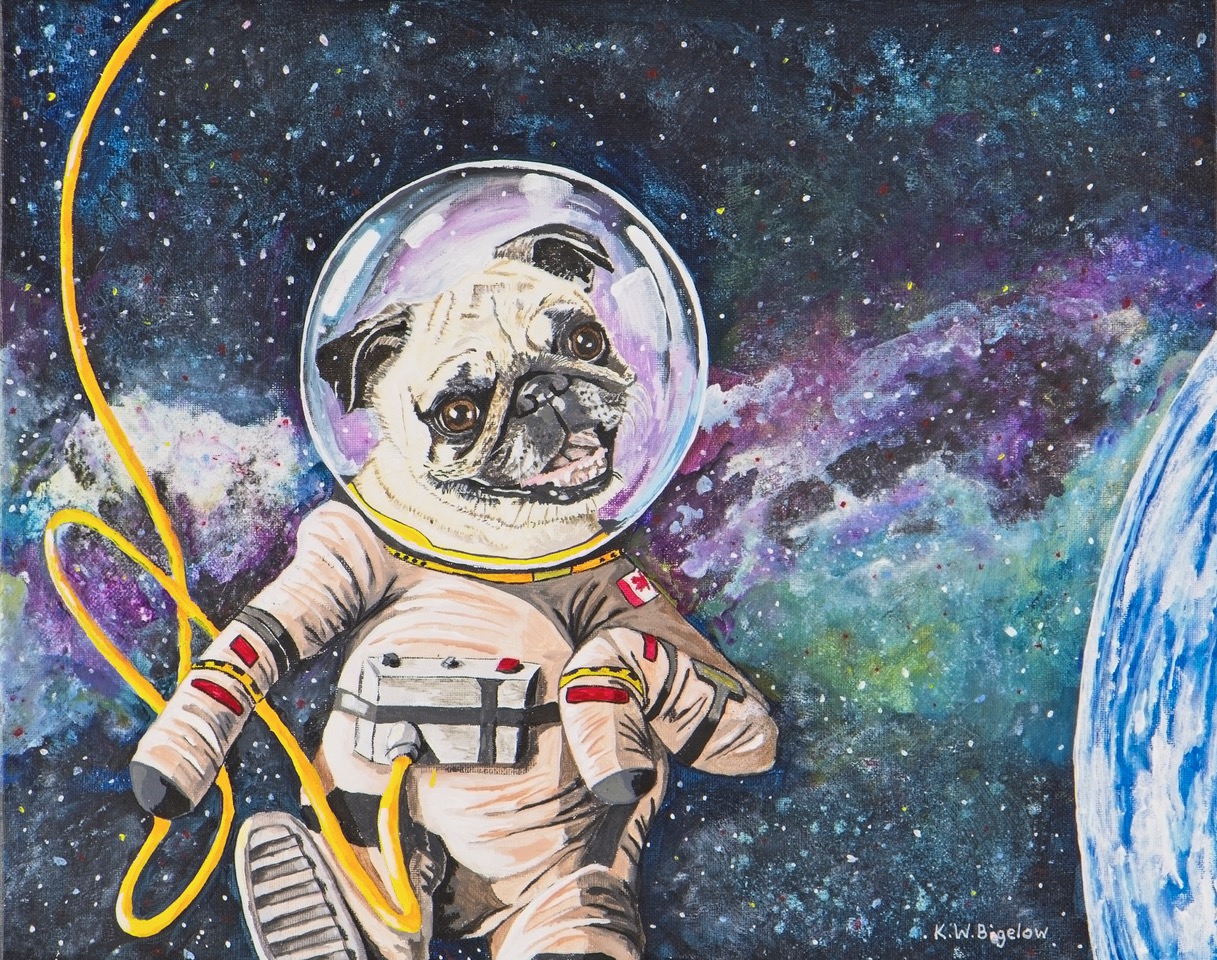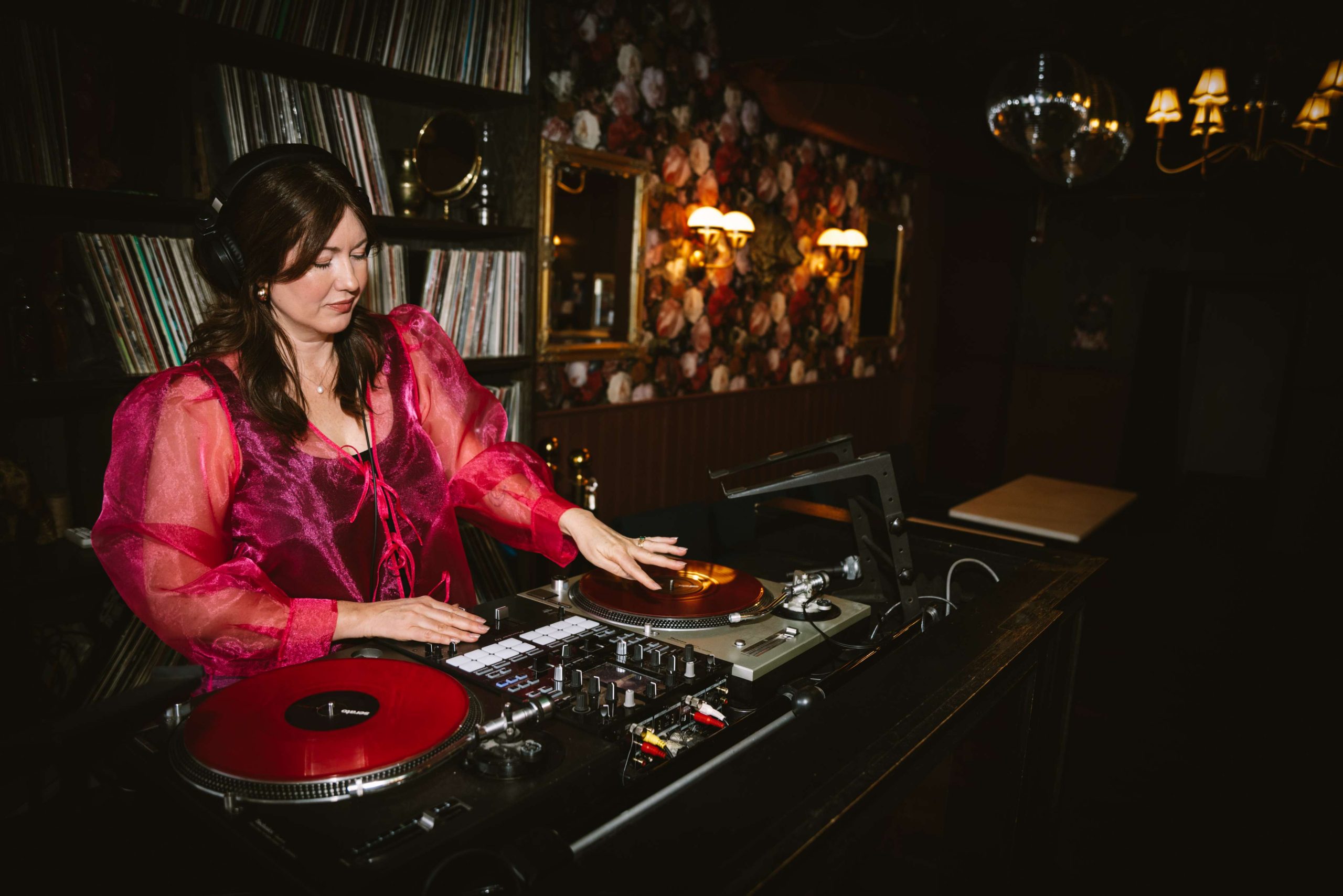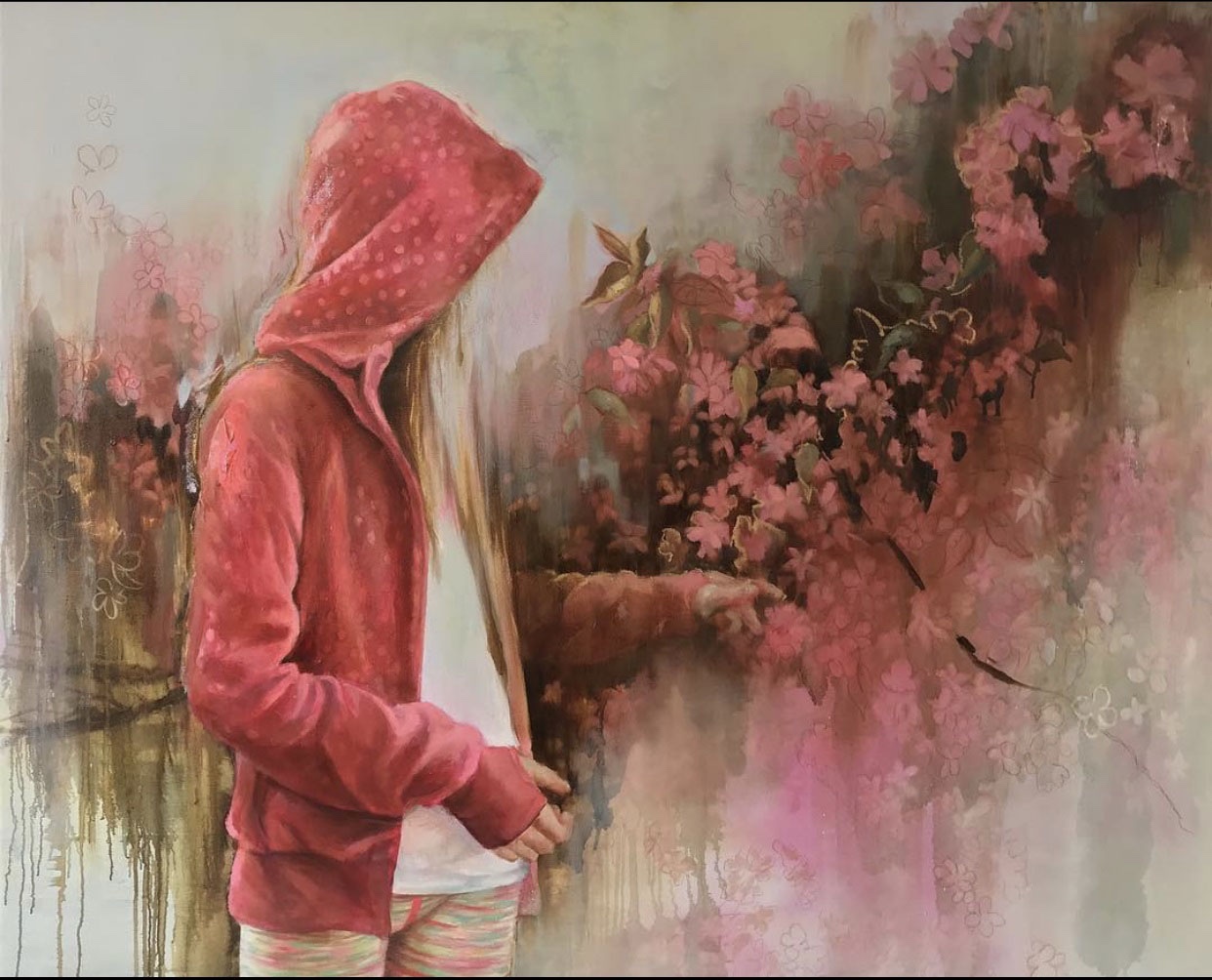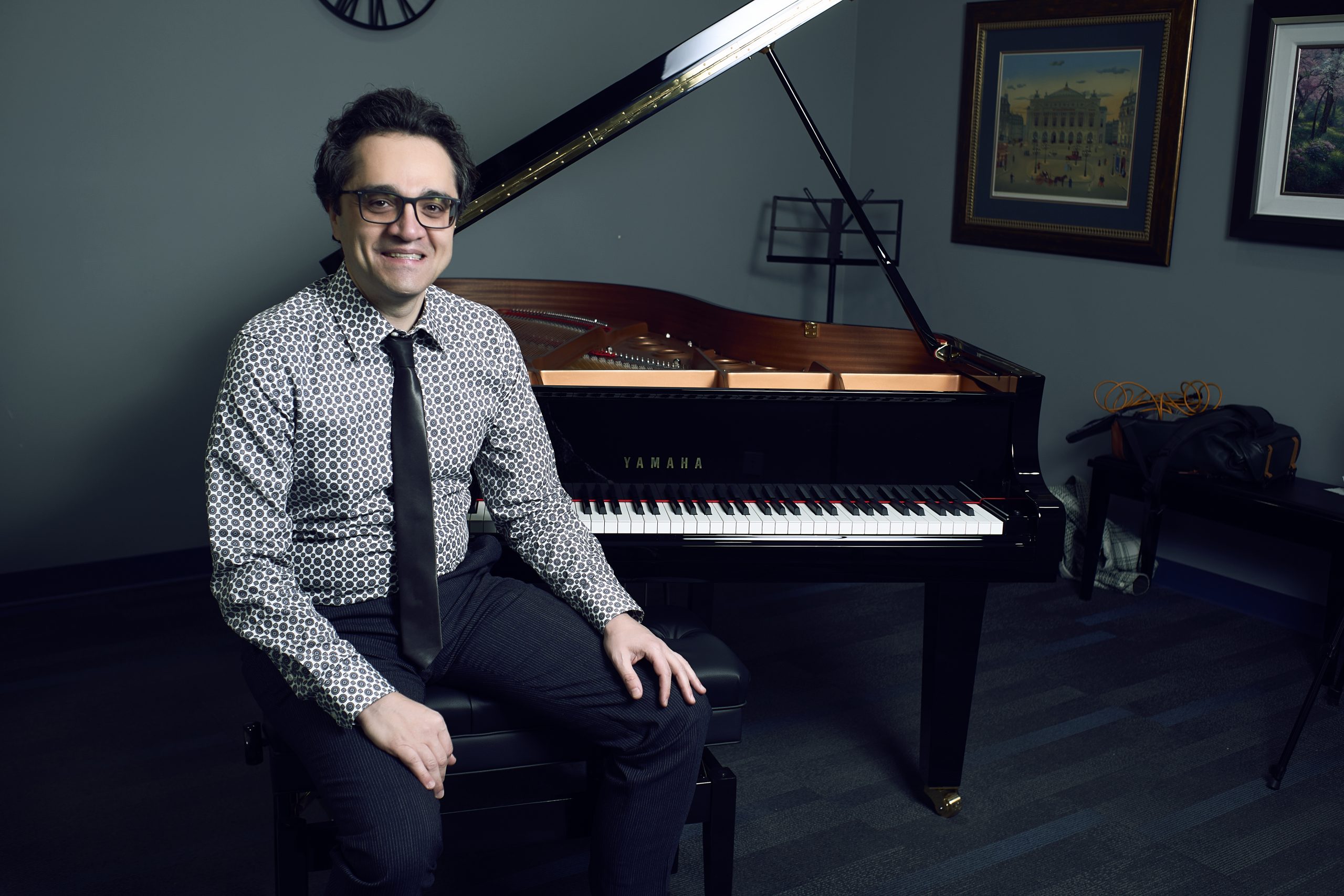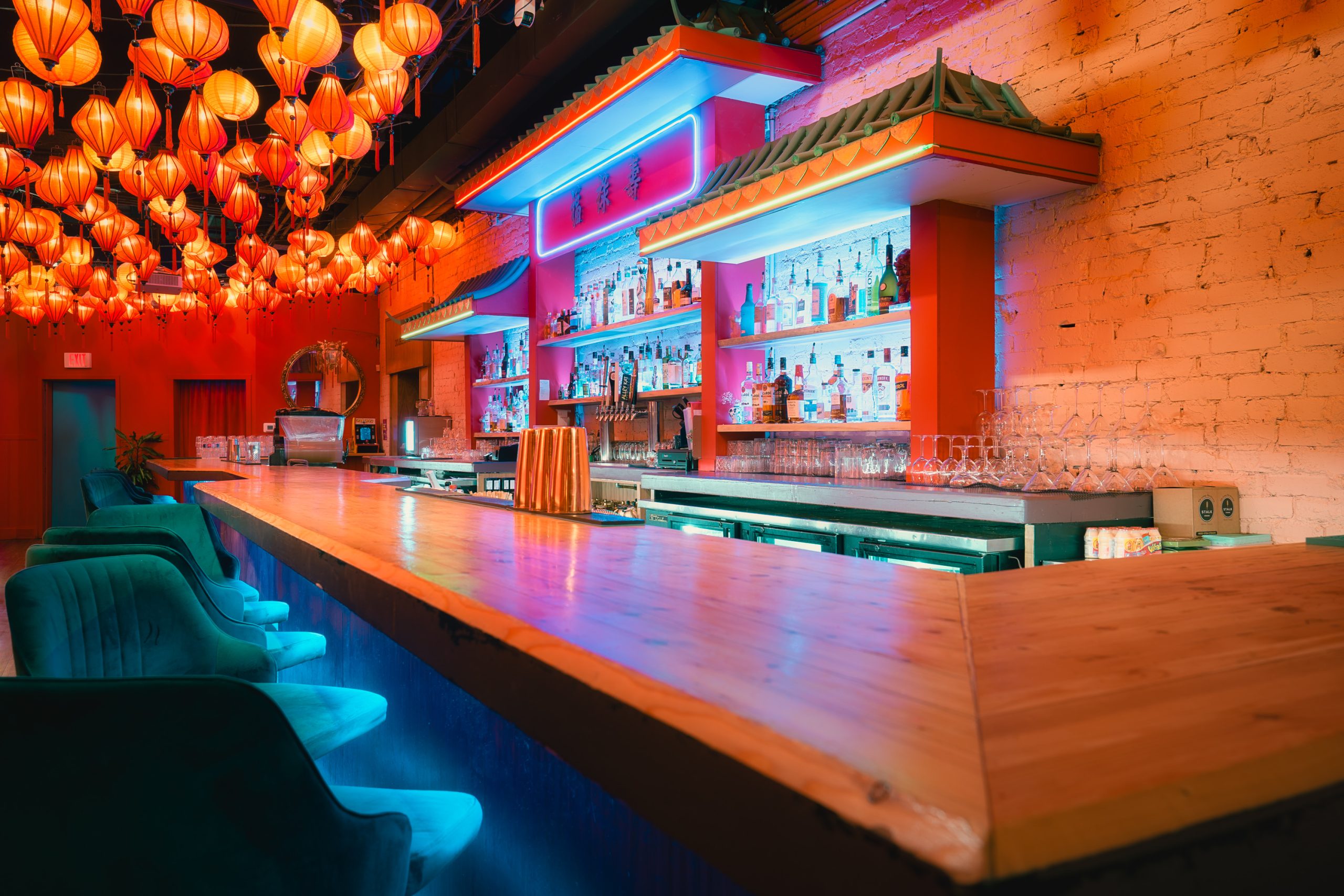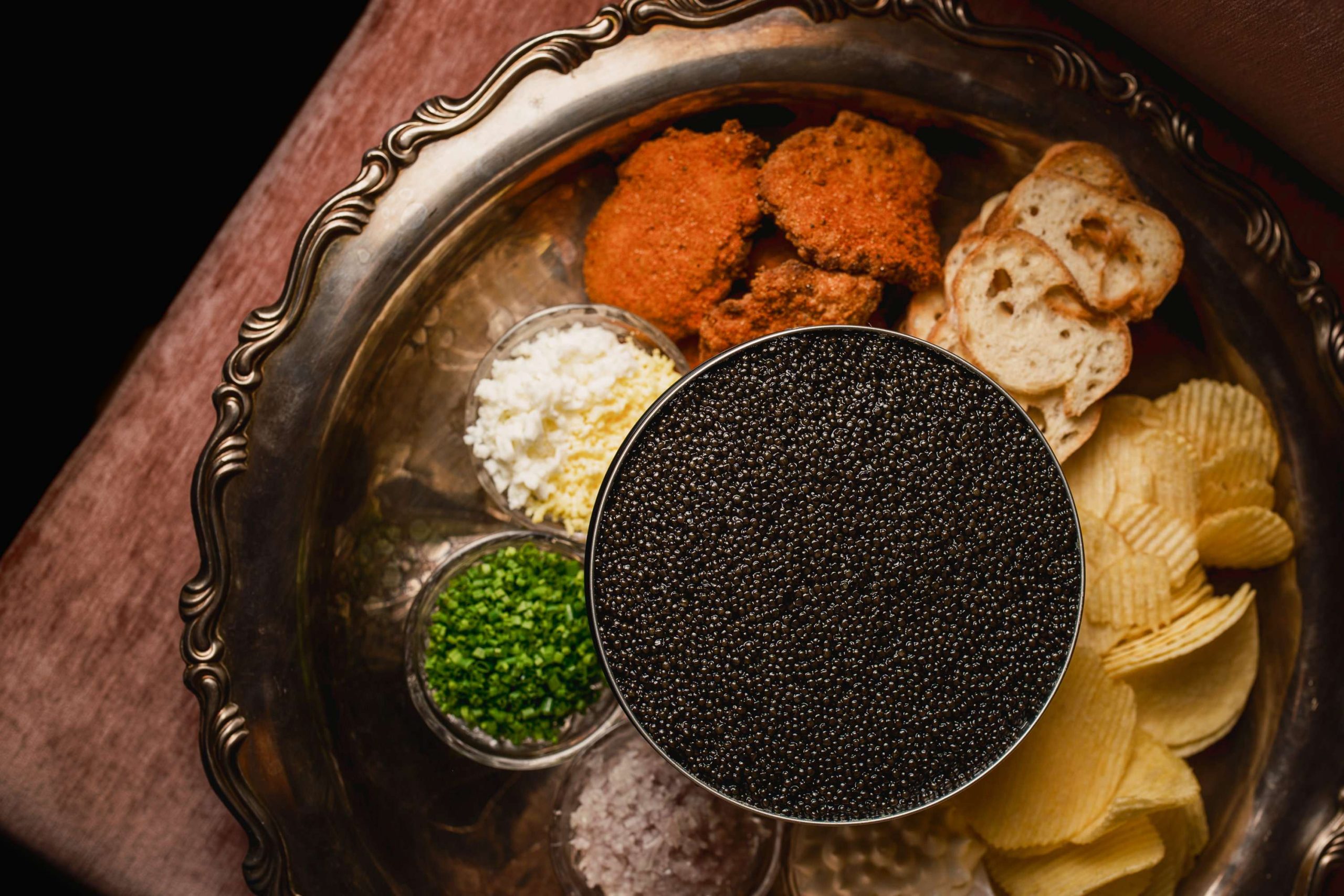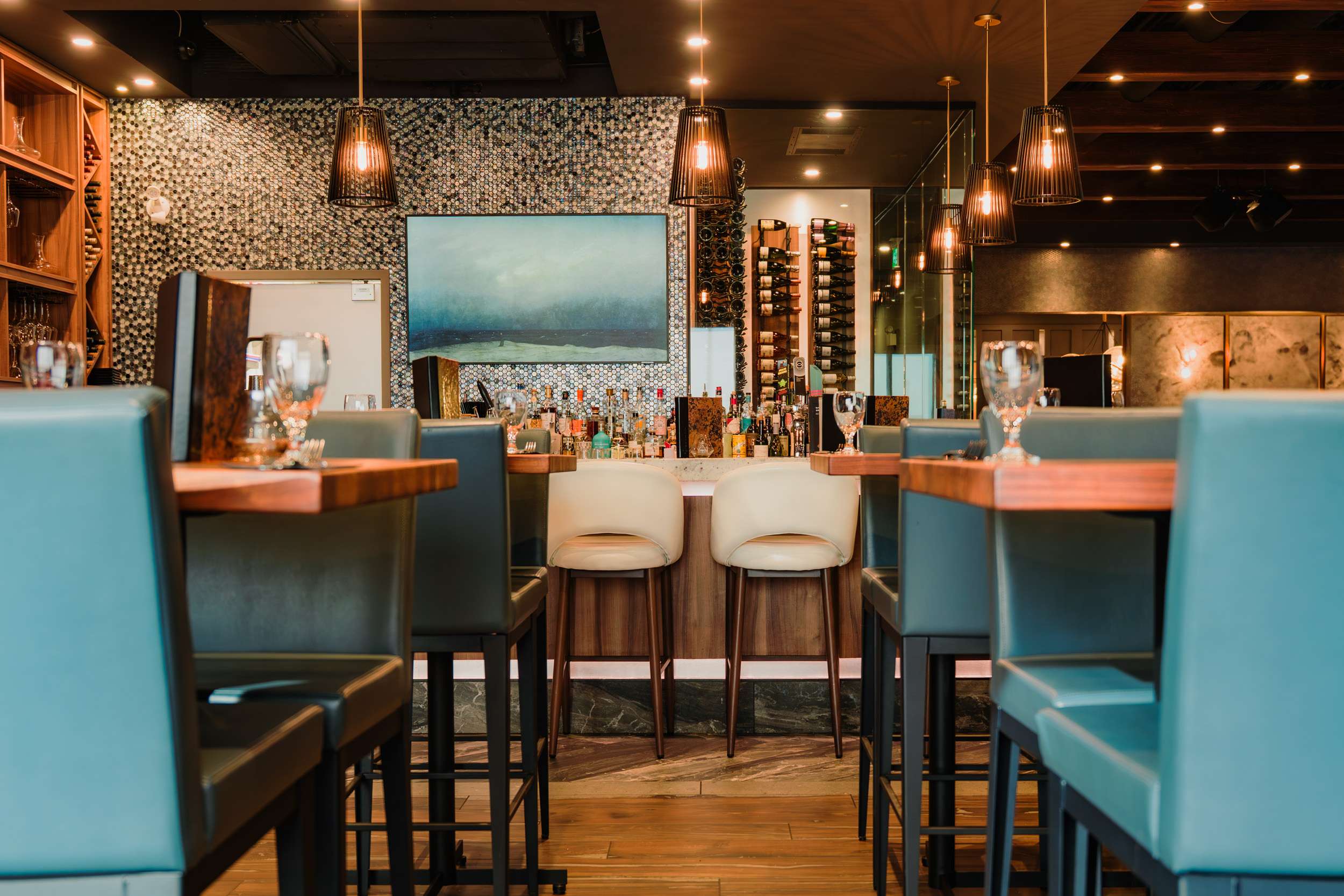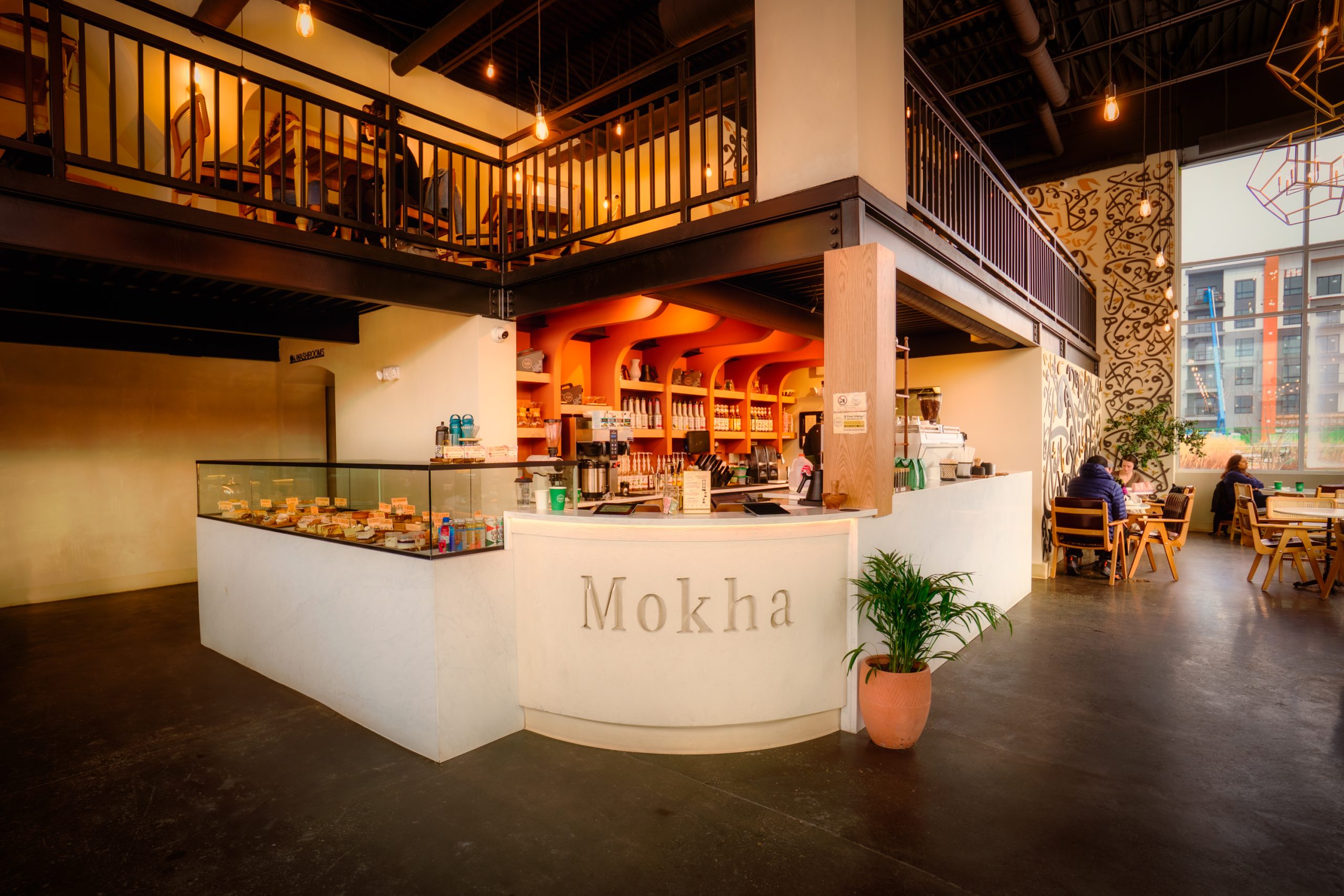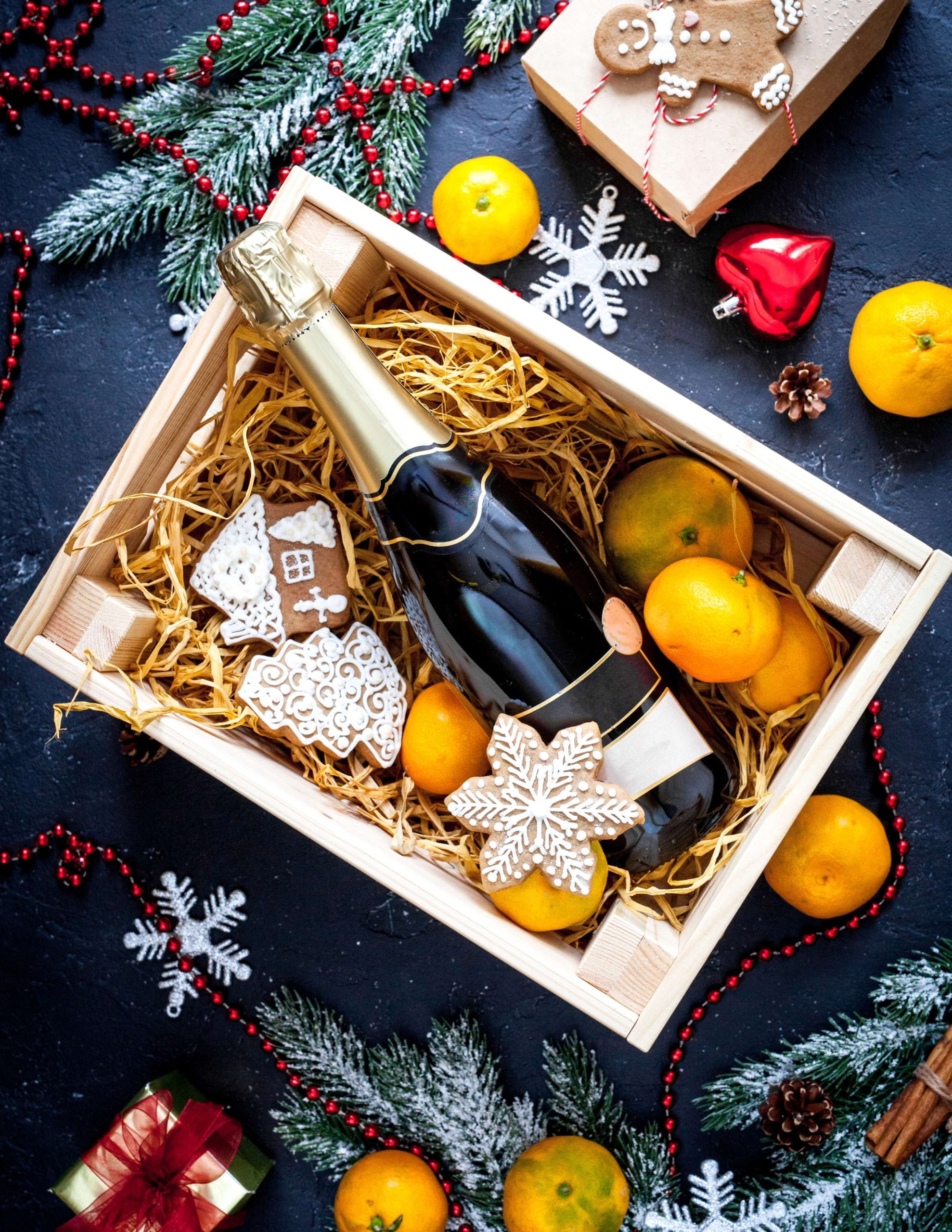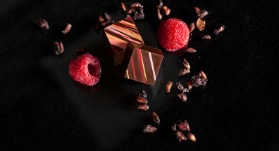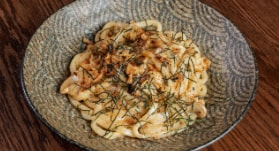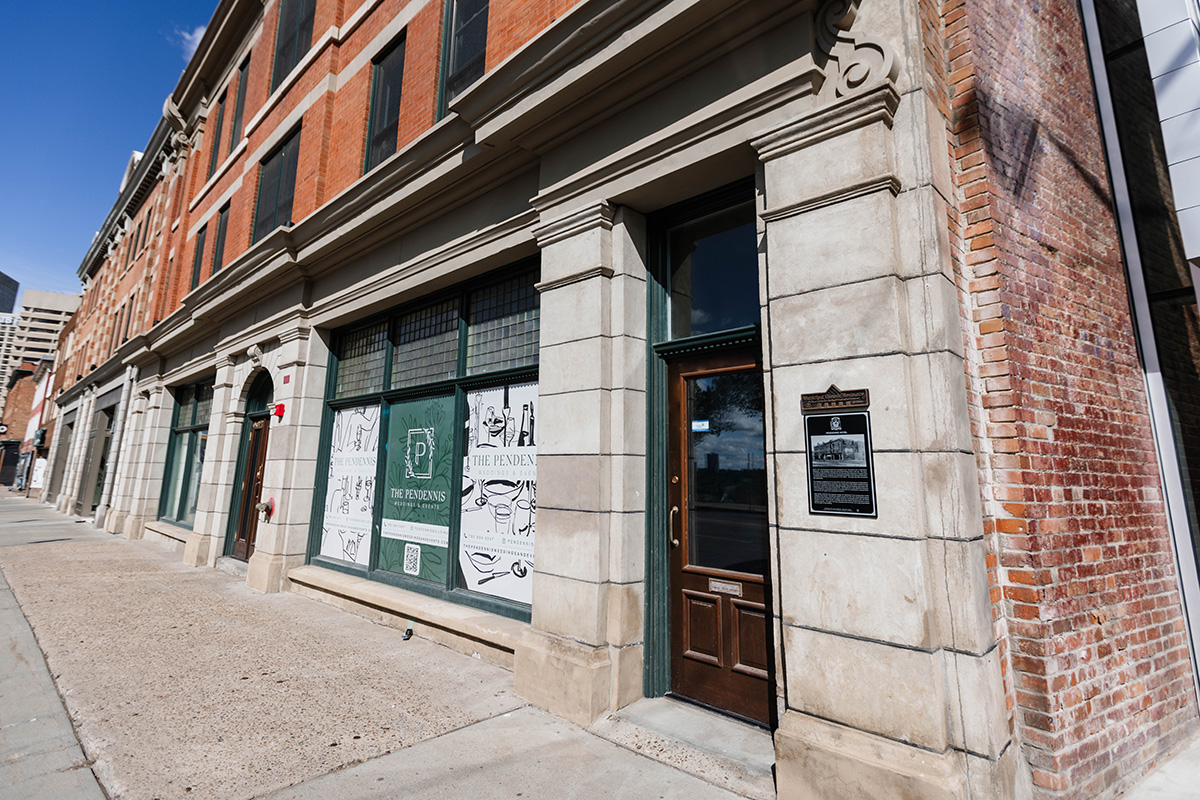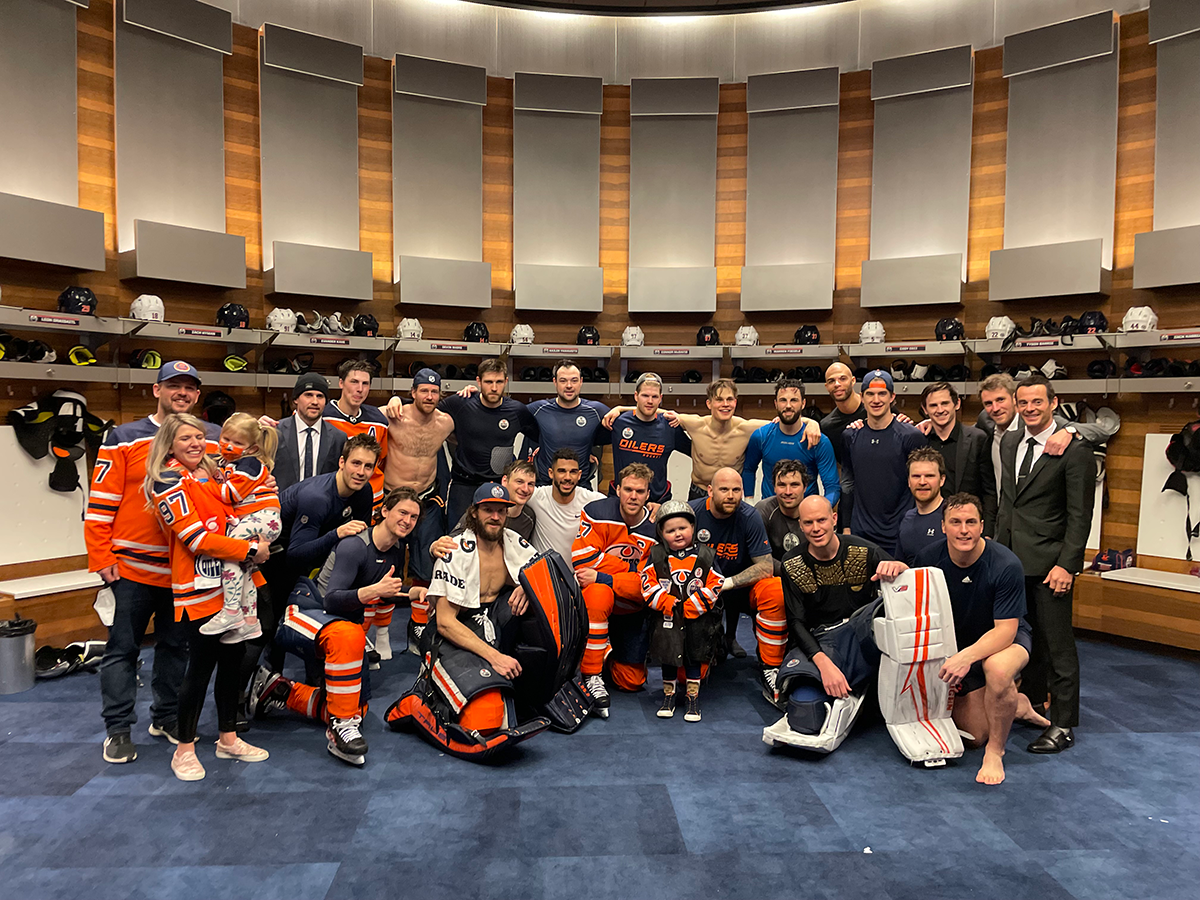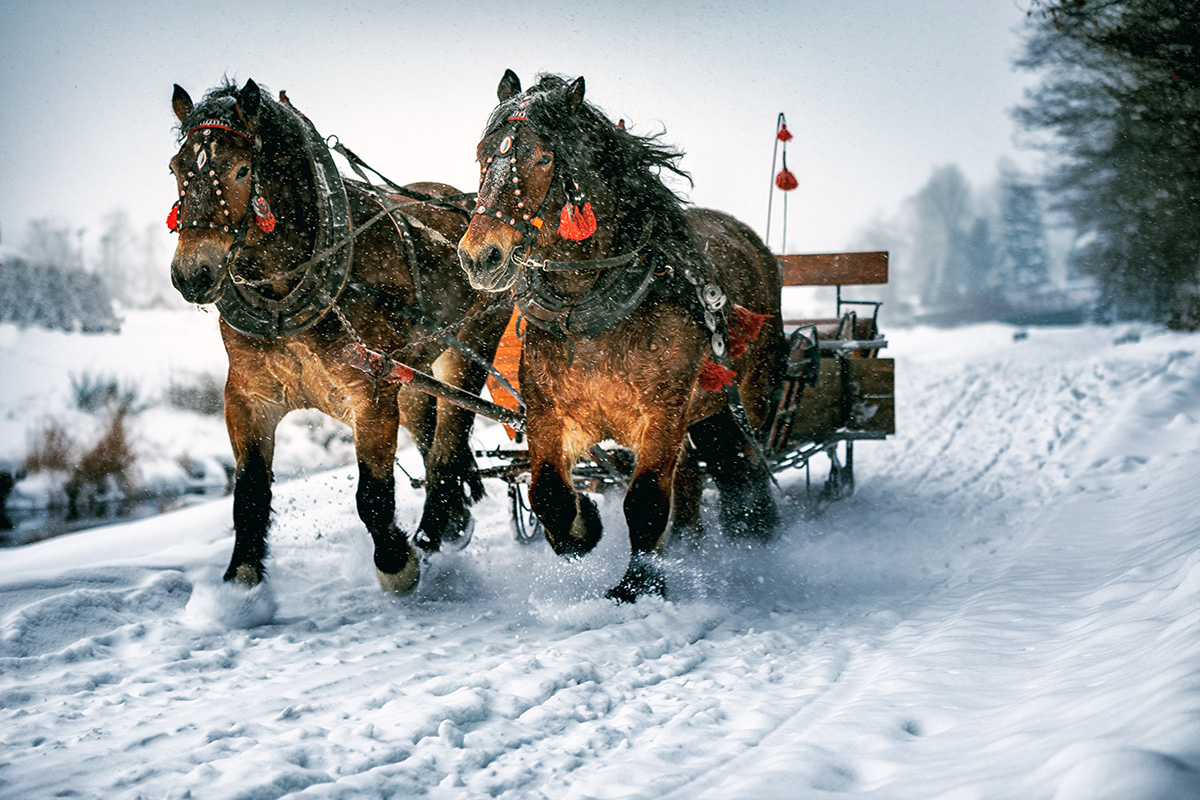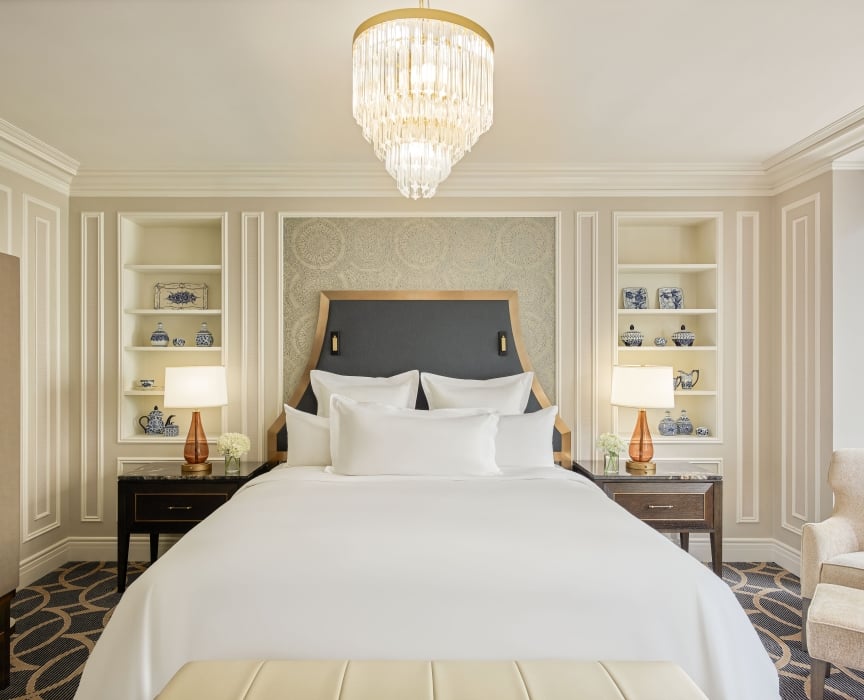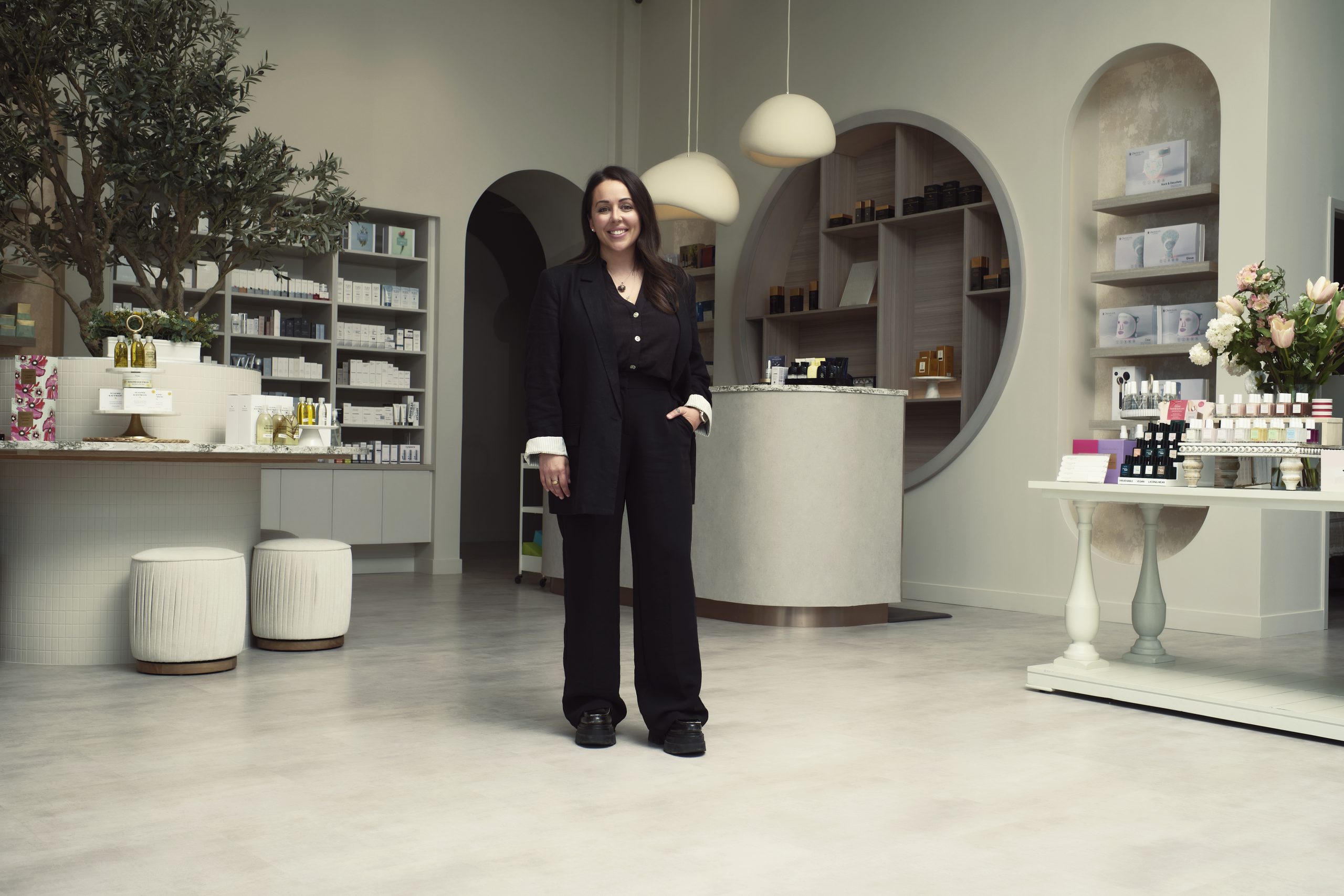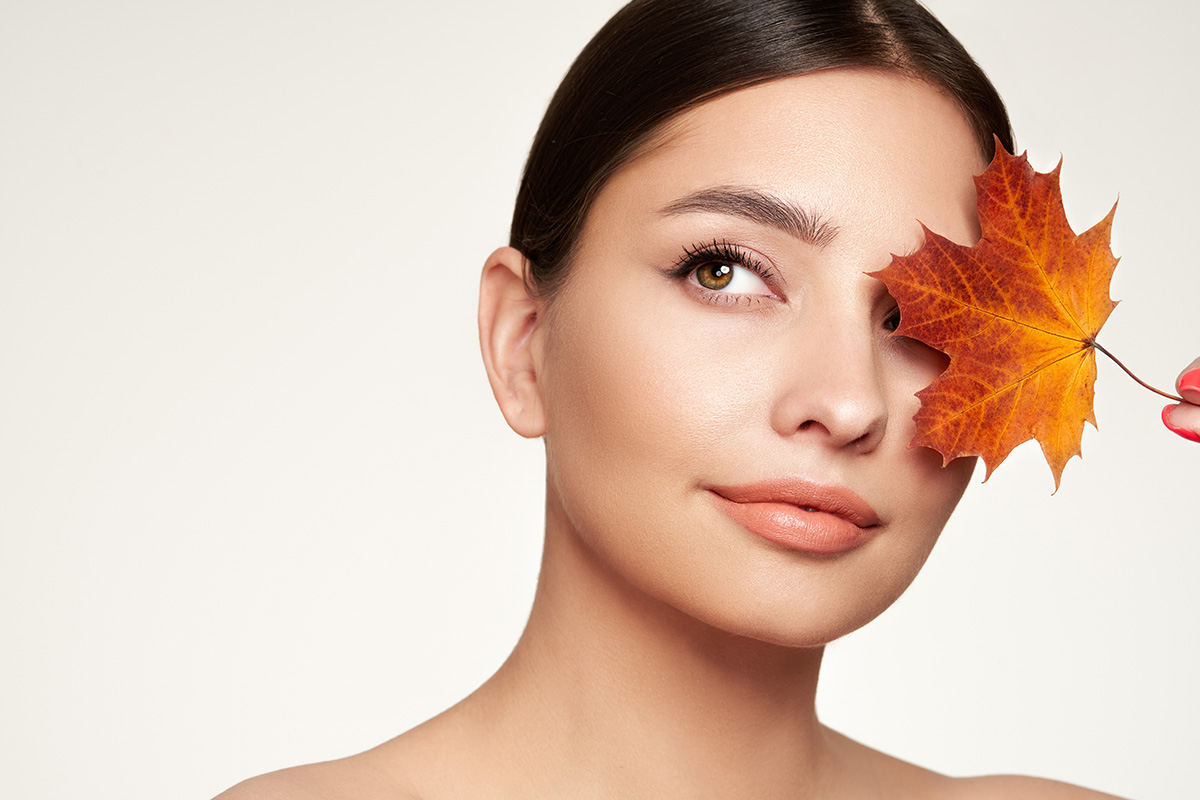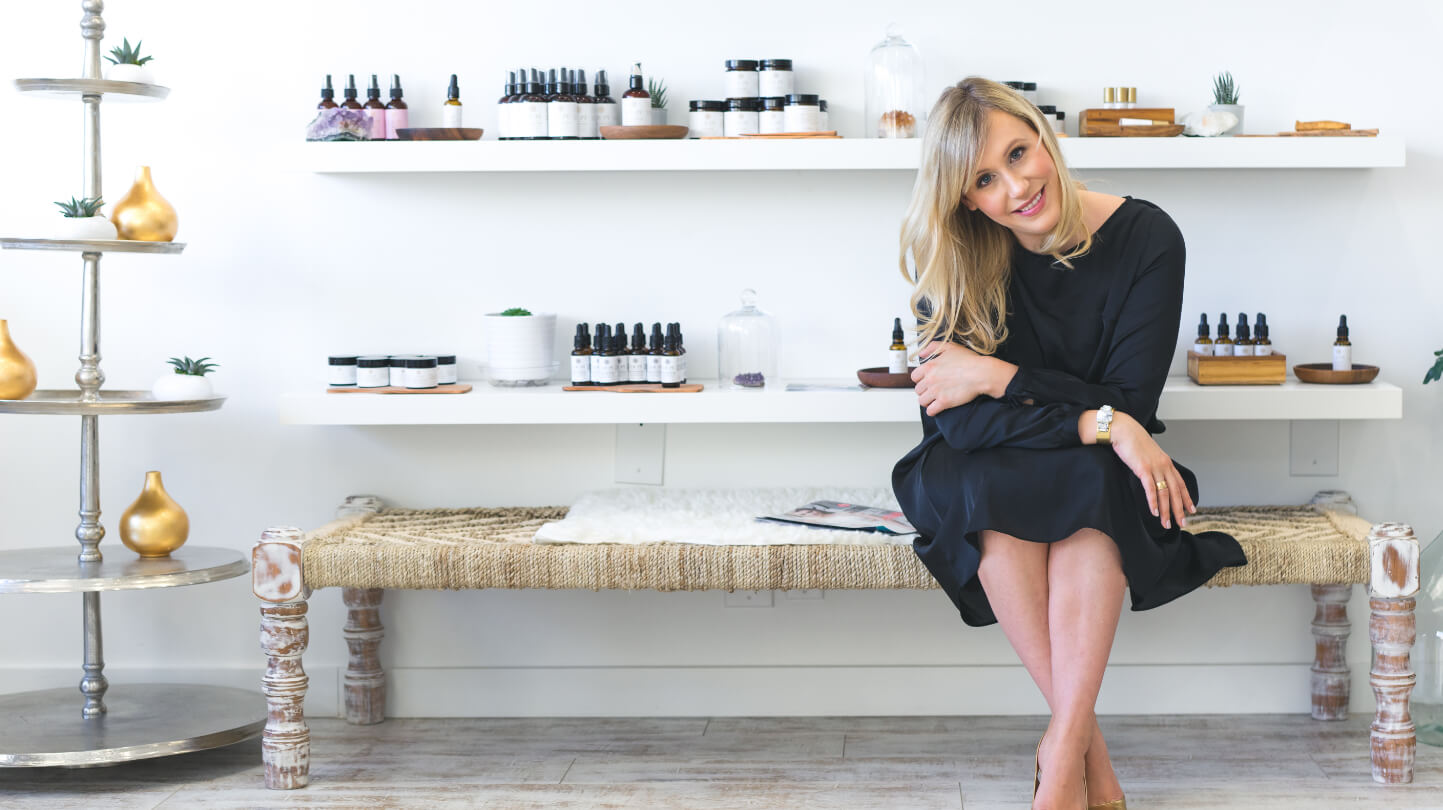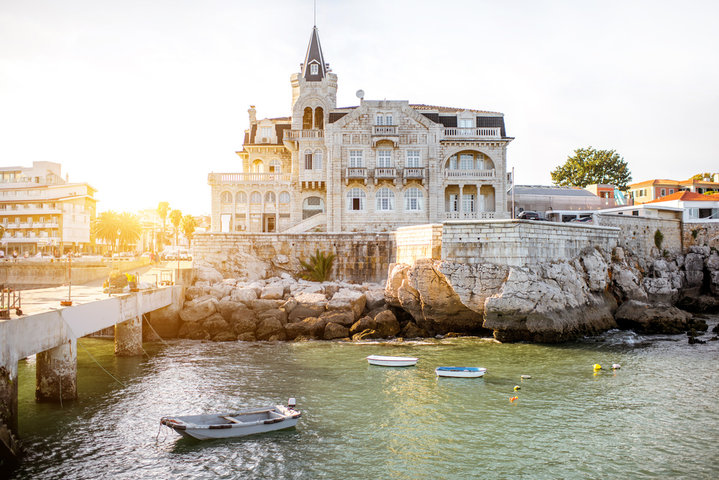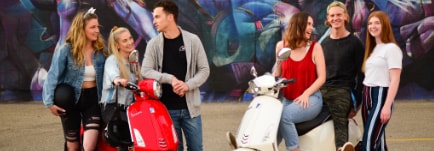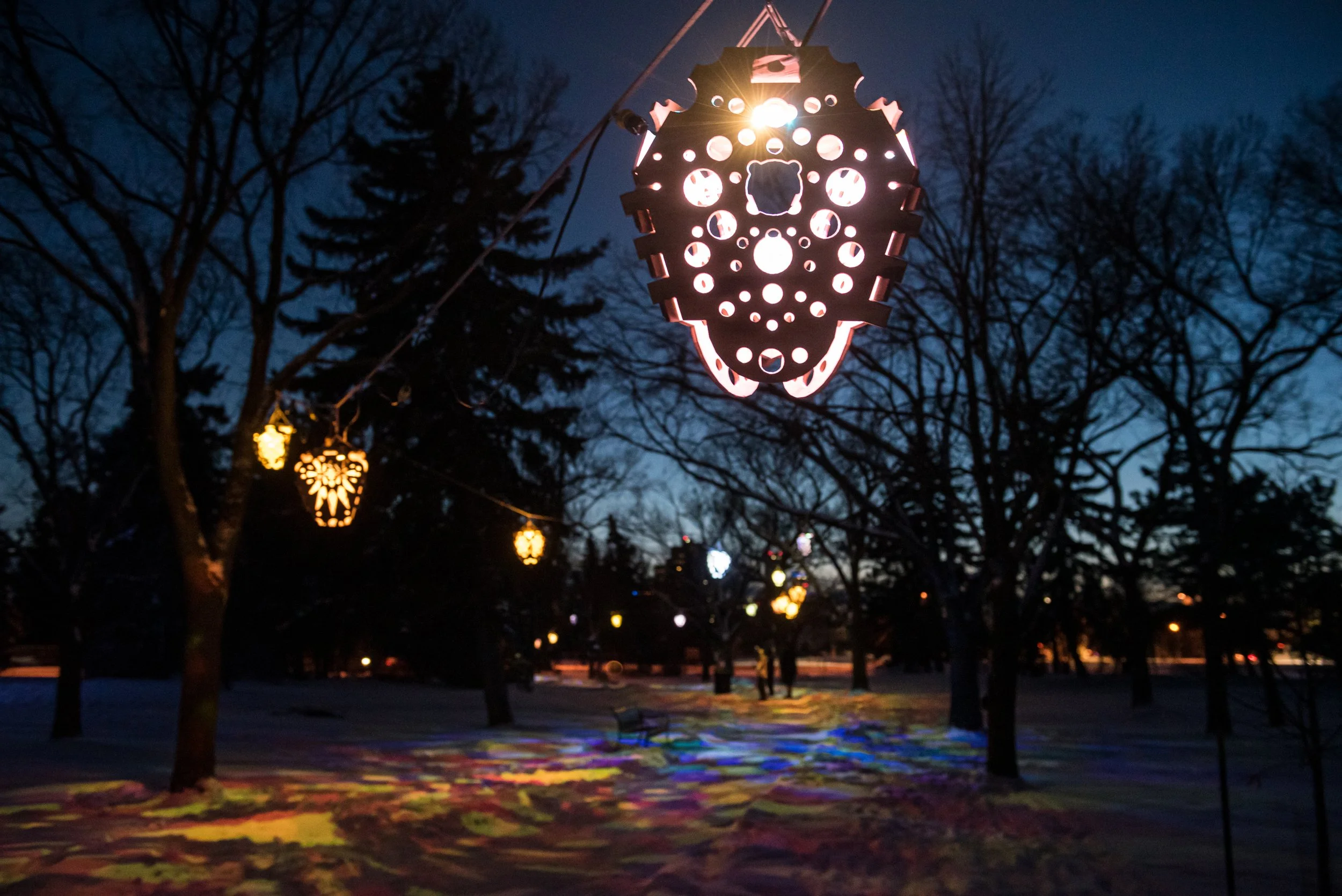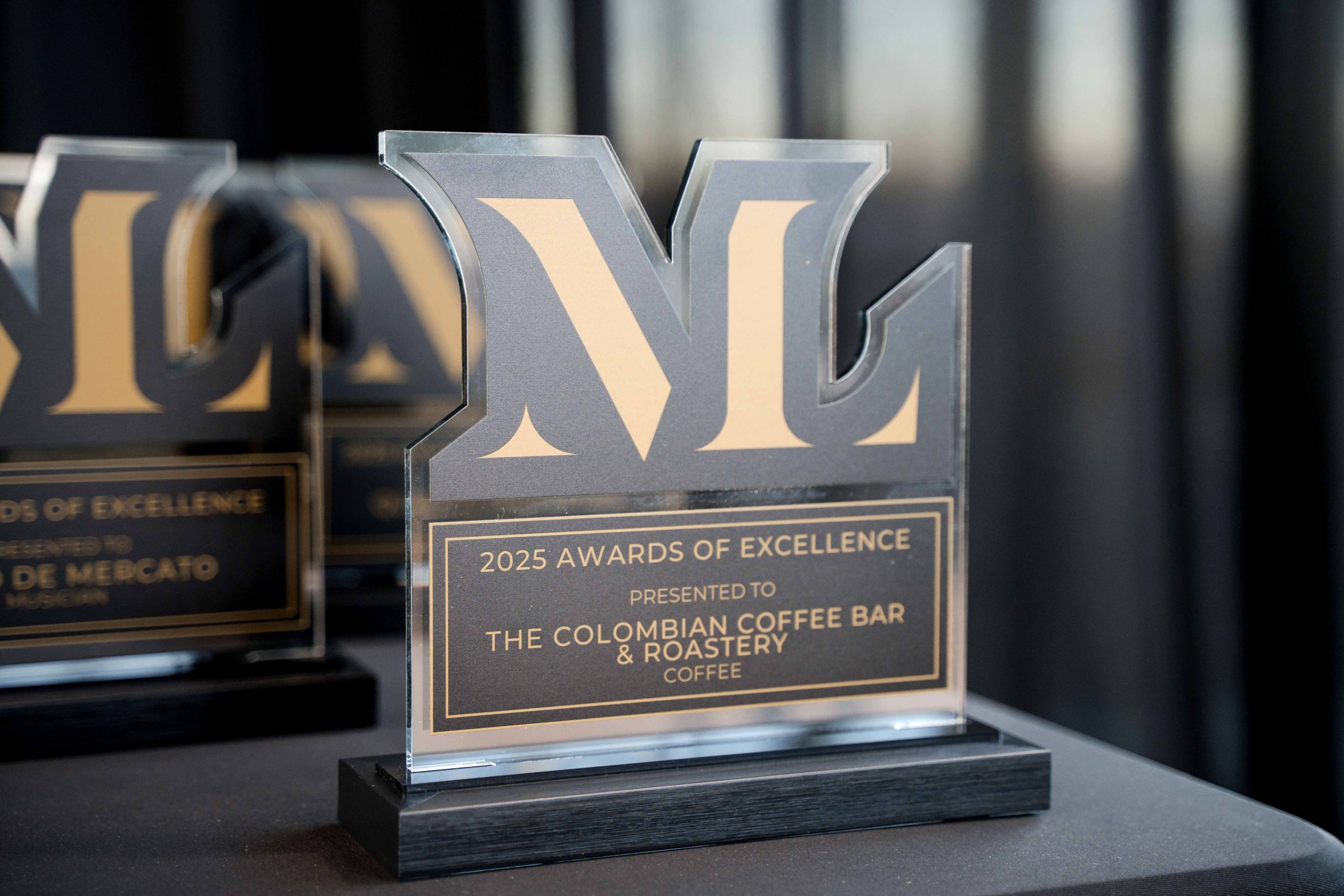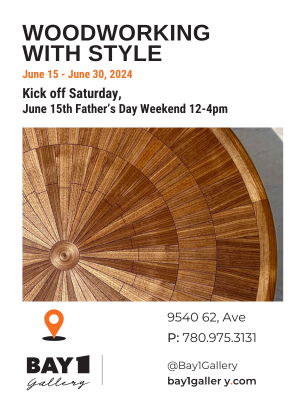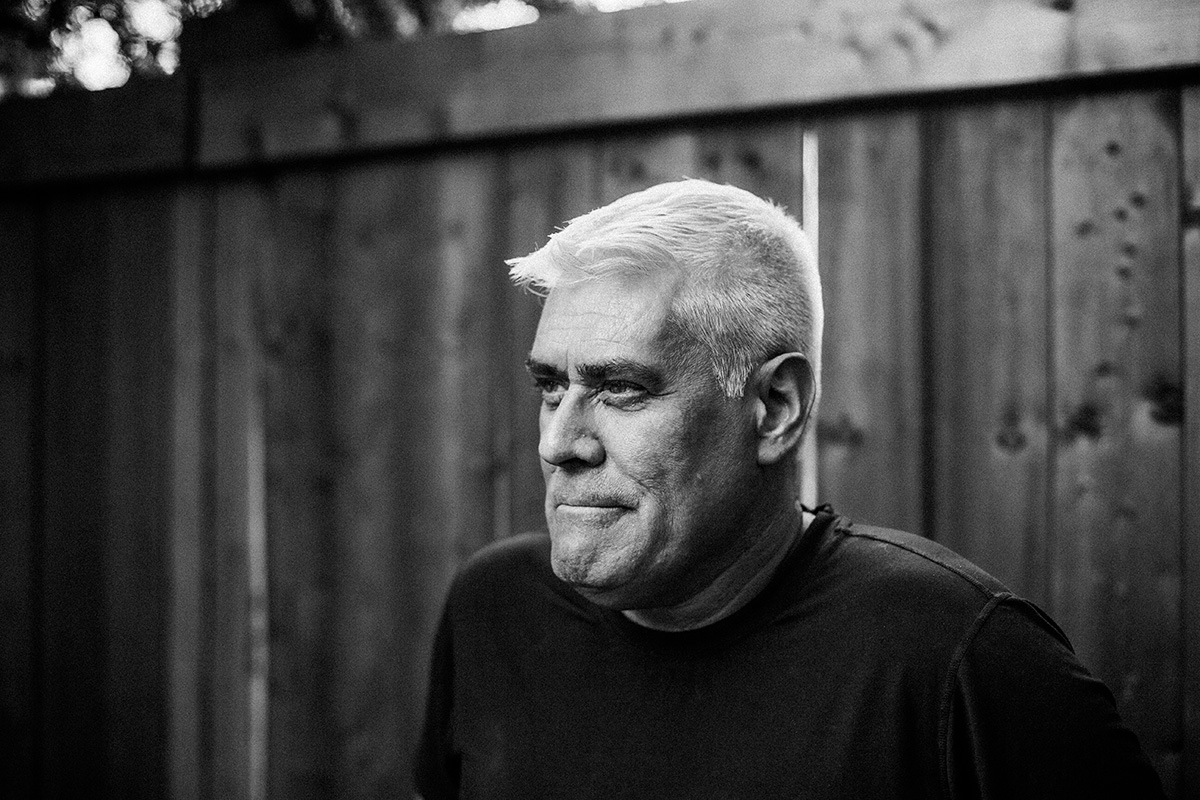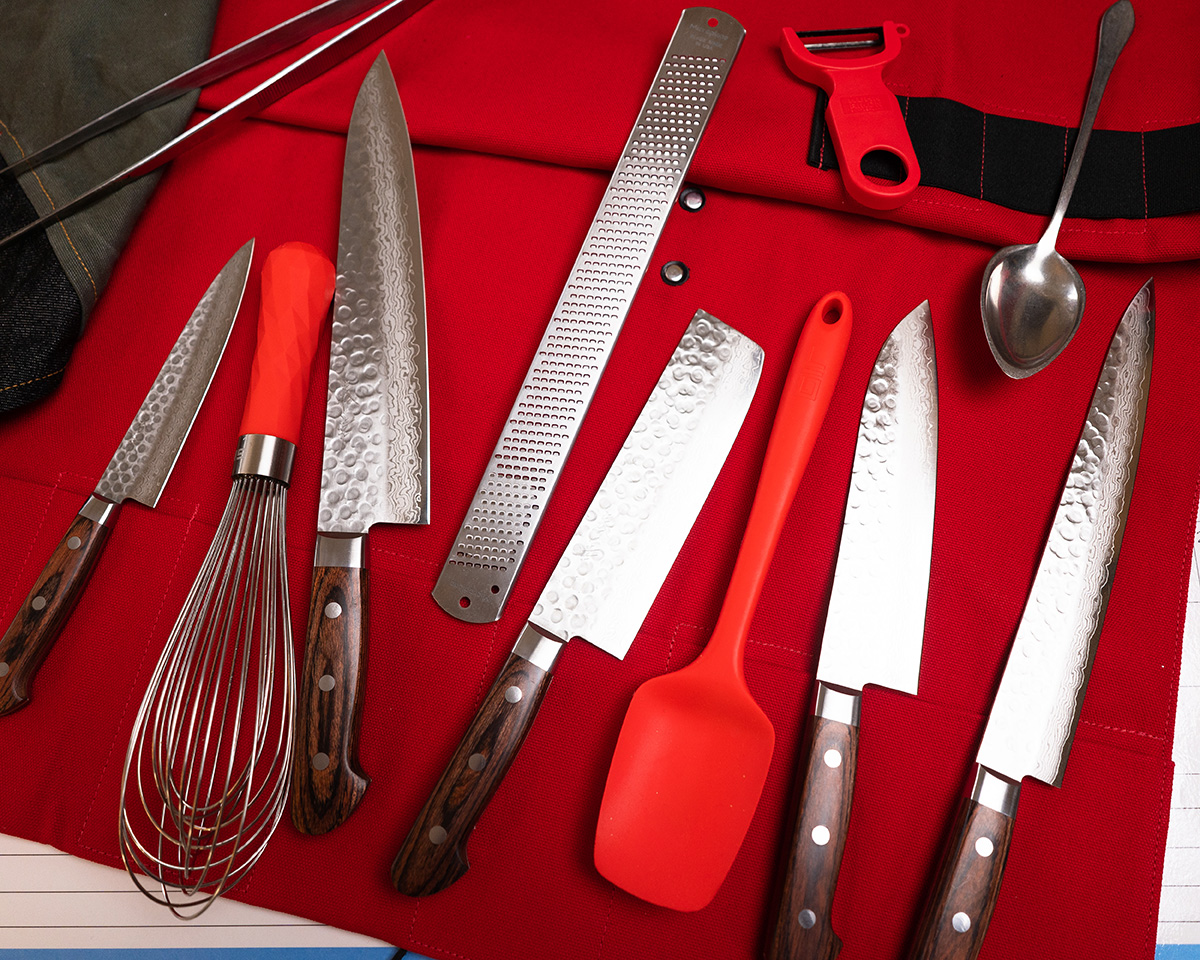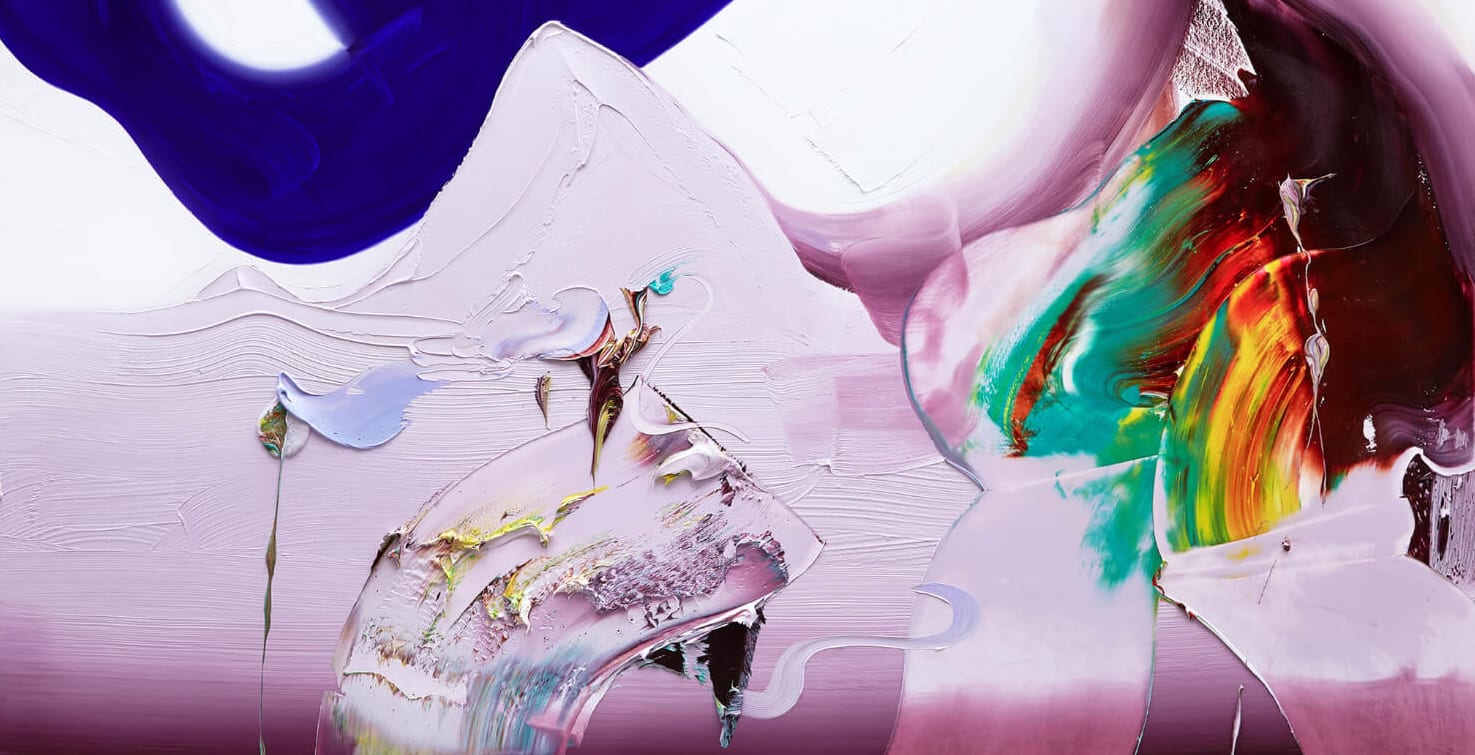On outsider art and nourishment in an Instagrammed millennium.
Jenna Propp is surprised at being called an artist. She is a self described, “23 year old with a cell phone camera and an Instagram account”. She did not set out to create fine art; nevertheless, she’s amassed a body of photography that deserves the title. Her images capture a vivid relationship between herself and her food. And a wealth of interpretative potential reveals itself to any viewer that chooses to look at her photos as works of Art-with–a-capital-A, much richer in meaning than another Instagram post. Indeed, as the endless stream of images careens past you on the feed (or are they standing still and you the viewer are falling?), Jenna Propp brings the incessant flutter to a halt.
Perhaps it was only a matter of time until Propp’s 21st century photo documentation of her food jumped categories from social media fodder to legitimate outsider art. Having recently finished her Bachelor’s degree in Art History at the University of Alberta, Propp came to these Covid lock-down photo ops with a finely tuned eye. Moreover, at 23 years of age, she is one of the so-called digital natives, growing up always armed with a camera. Between her education and her comfort with daily photography, Propp’s sense of colour and composition is heightened beyond that of most folks, regardless of their age. It was the abundant time provided by lock-down when these raw materials coalesced. She suddenly had the leisure to thoroughly plan, prepare, and compose subjects into a cohesive series. The results were simply shared into the world immediately via photo carousels without resorting to any gatekeeper and without pretense. Propp’s obsession with photographing exotic fruits and traditional dishes from her parents’ Filipino heritage began at the onset of lockdown in 2020.
Propp realized she was falling back into eating disorders she’d struggled with in the past. Finding the visual beauty in food and composing it while photographing herself with it forced her to associate with it. She’d started in 2017 but only began the intensive compositions in March. At first, this was a coping mechanism for disordered habits reemerging. Then she believes it became a form of denial, as she projected an image of healthy eating habits into the world to convince herself and her loved ones she was fine—and then finally, the genuine engagement with food she’d hoped for. Her instagram bio says it all: “Honey, have you eaten?”
Since March 2020, Propp has spun out engrossing photos that slow down time. Richly textured and sunbathed portraits with oranges and prawns and halved tropical fruits abound. These themes have grown into an evermore elaborate series of images. Take her Nochebuena series for example.
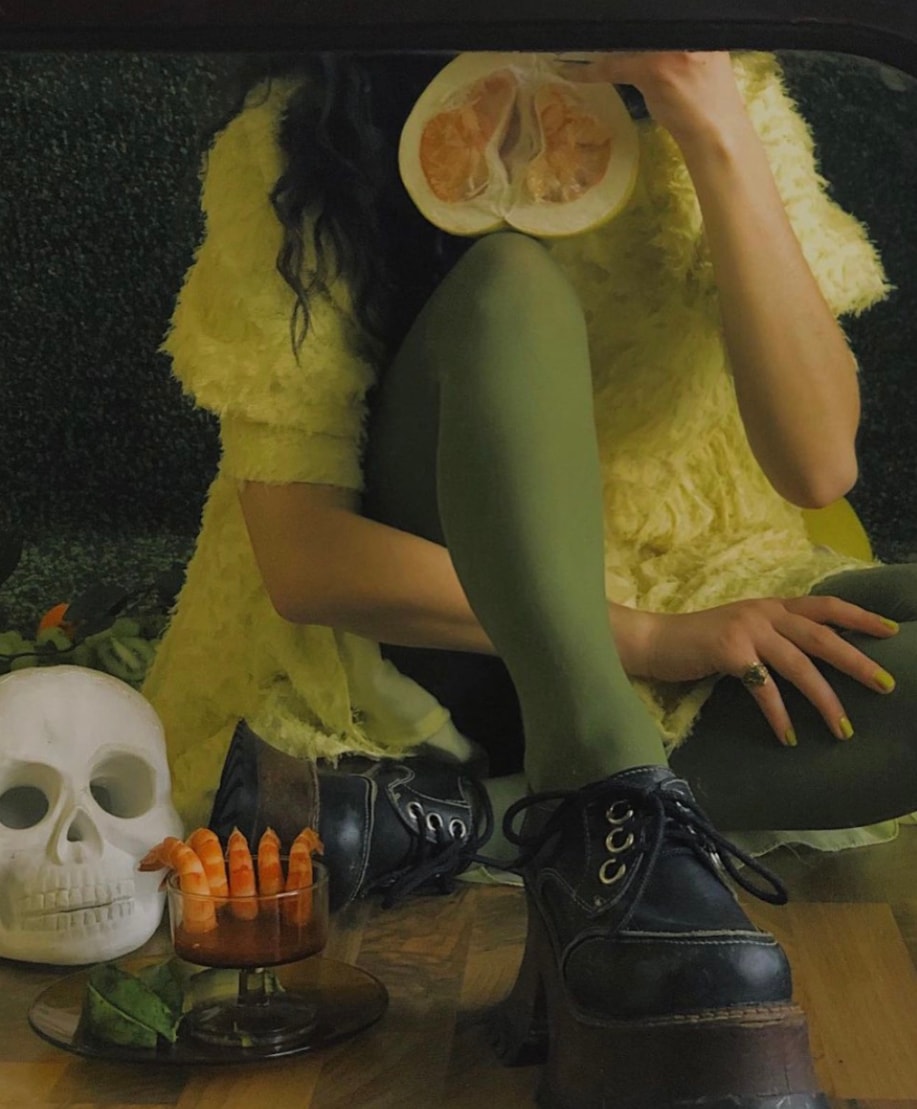
Indeed, as the endless stream of images careens past you on the feed (or are they standing still and you the viewer are falling?), Jenna Propp brings the incessant flutter to a halt.
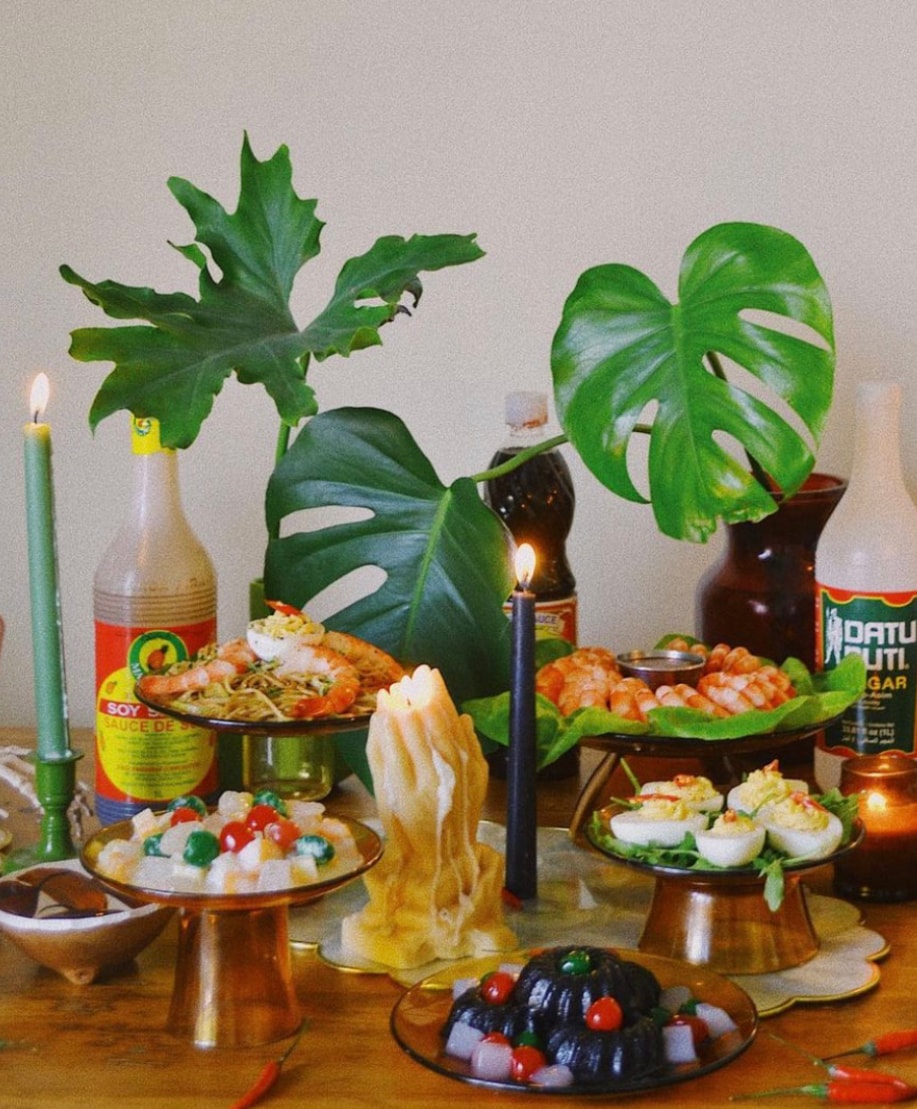
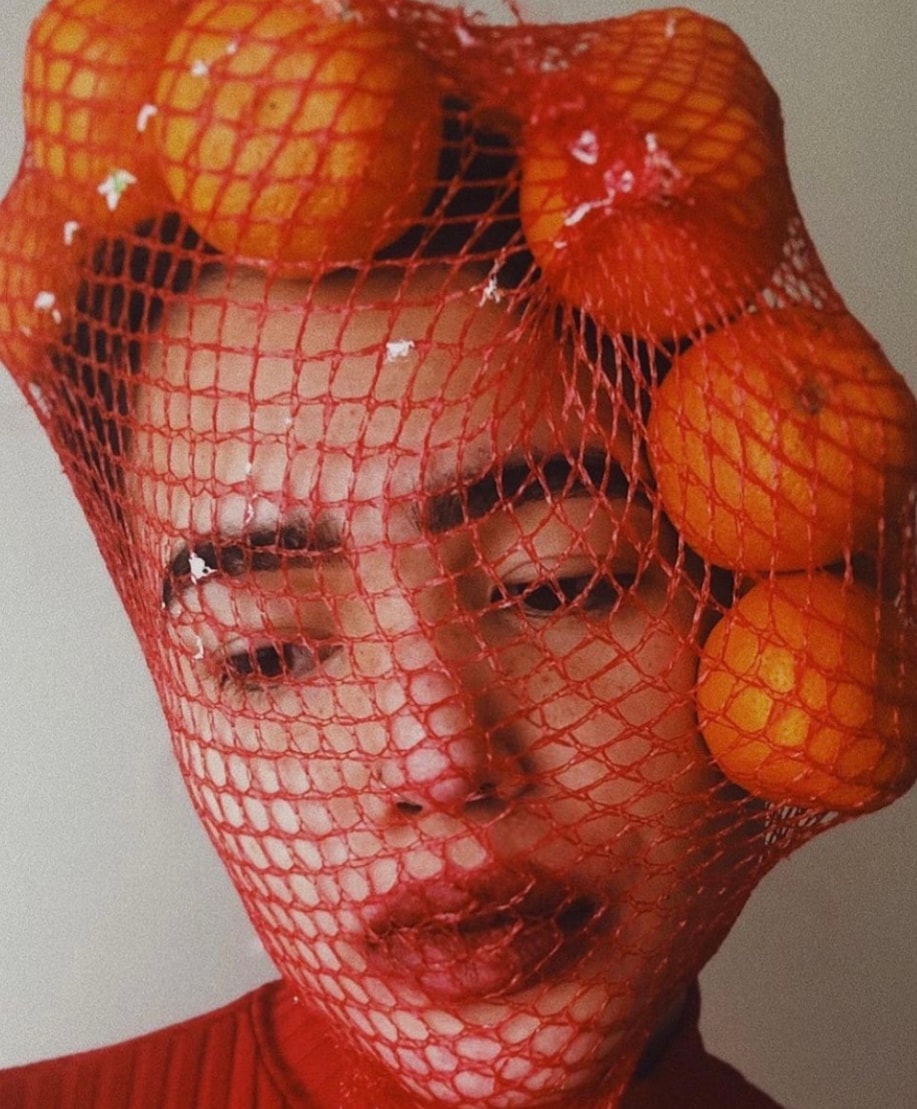
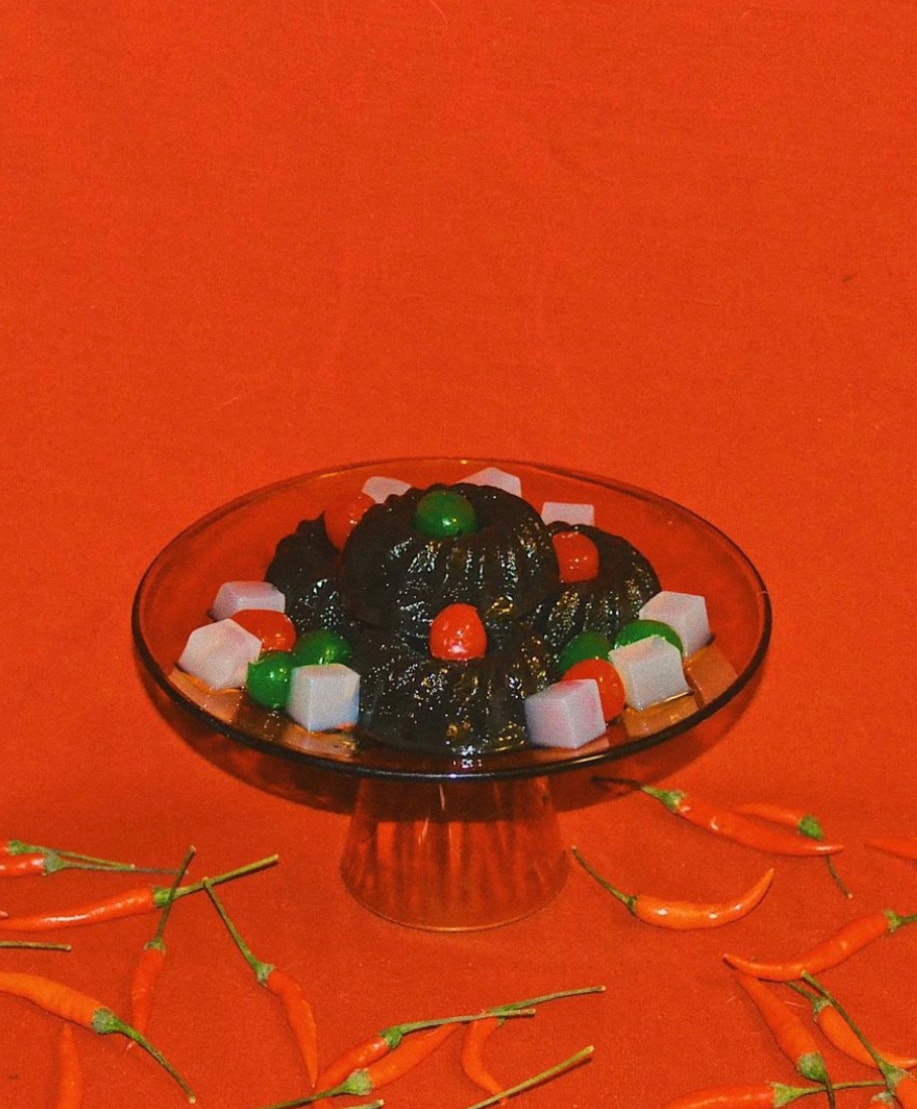
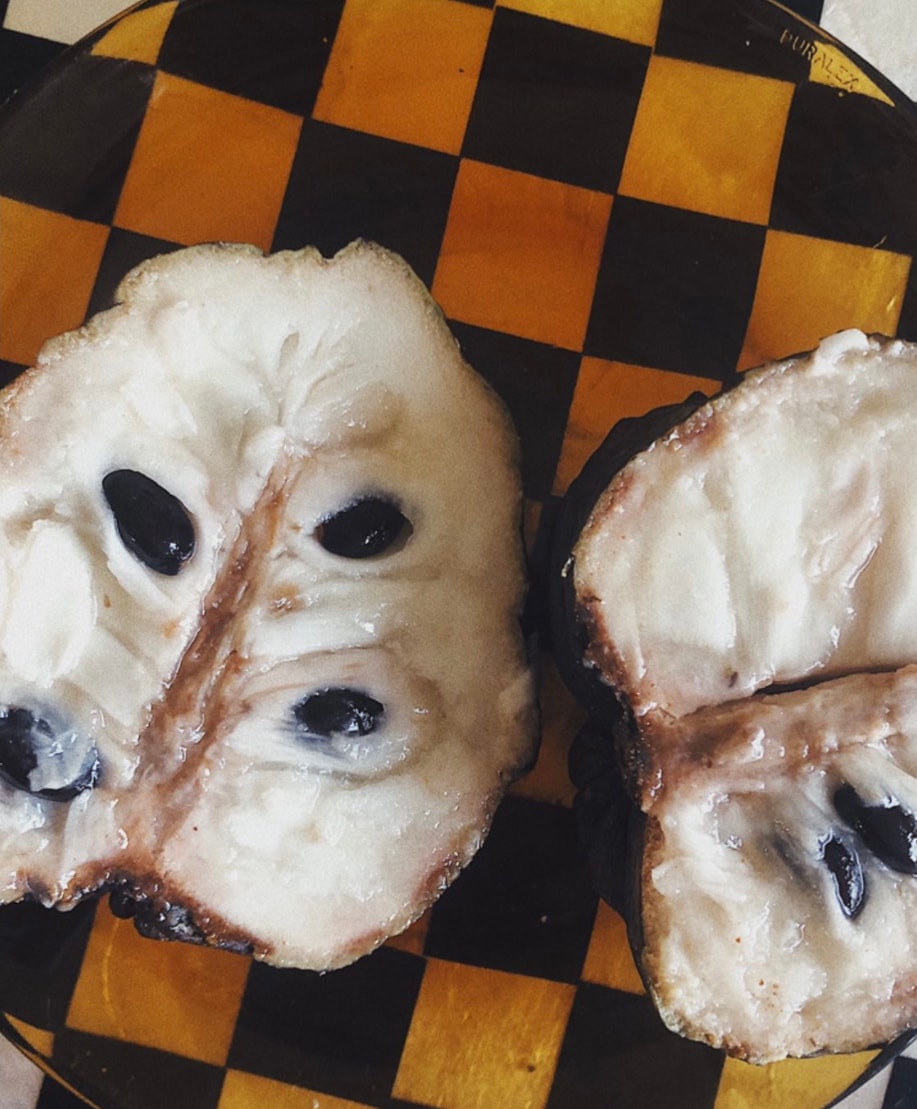
Masterfully composed tables of dishes set amongst humble yet ceremonial appointments, evoking Filipino Christmas traditions and the storied history wrapped up in American imports like vinegar and canned meats. Juxtaposed with Spanish colonial legacies all set over an obscured and unyoked past, and glimmering through the lens of a Canadian in a frozen landscape skipping a stone through generations of history with a photo of a dinner table. Her portraiture is perhaps the most gripping imagery in how it humanizes and contextualizes these fruits, vegetables and meats as food for people. There’s a certain elemental and surreal aspect of self depiction that begins to resonate with art historical antecedents like Frida Kahlo’s oneiric tropical portraits, and Giussepe Arcimboldo’s 16th century paintings of faces composed of food, and ostentatious Northern renaissance still lifes of tables overflowing with food. It is not hard to see Propp’s art historical familiarity shining through.
Countless themes can be gleaned from Propp’s images whether she intended them or not. Nourishment’s place at the core of our existence, the commodification and miraculous commute of food we take for granted all seasons of the year. Our modern alienation from land and farming and our vain attempts to reconnect through consumption. Our fetishization of food and nature, our ever shifting notions of health, our attempts to reclaim our cultures through the dinner table. And the rich symbolism of fruit in mythology, (Adam & Eve, the apples of the Hesperides, the judgement of Paris) especially surrounding femininity and reproduction and abundance, but also the overabundance that gives way to some kind of curse, some kind of forbidden godlike knowledge.
Without indulging the endless paths available, let’s explore what is perhaps the most fascinating aspect of Propp’s unintended arts: the present day visual culture these images have arisen within. Propp began these works because she knew she had an audience for them. For all the negative aspects of social media’s ingrained impetus to constantly be branding ourselves and projecting the most curated depictions of our lives, Jenna Propp has harnessed these currents to will her own becoming – to will a beautiful relationship to food. She’s used these platforms to create visually stunning depictions of food that are so aesthetically brilliant and self-associative that she’s recast her own relationship to food in the real world. In a sense, this is one of the most compelling theories of art being put into practice: turning an object or image from a referent into a signifier. The image now points away from itself. It becomes a language piece that recategorizes our world and thus changes our perception, our behaviour, our relationship to everything inside and outside of ourselves that we can or cannot control.
@rio.mare__ on Instagram
Places To Be
See this month's local flavours, products, and services.

